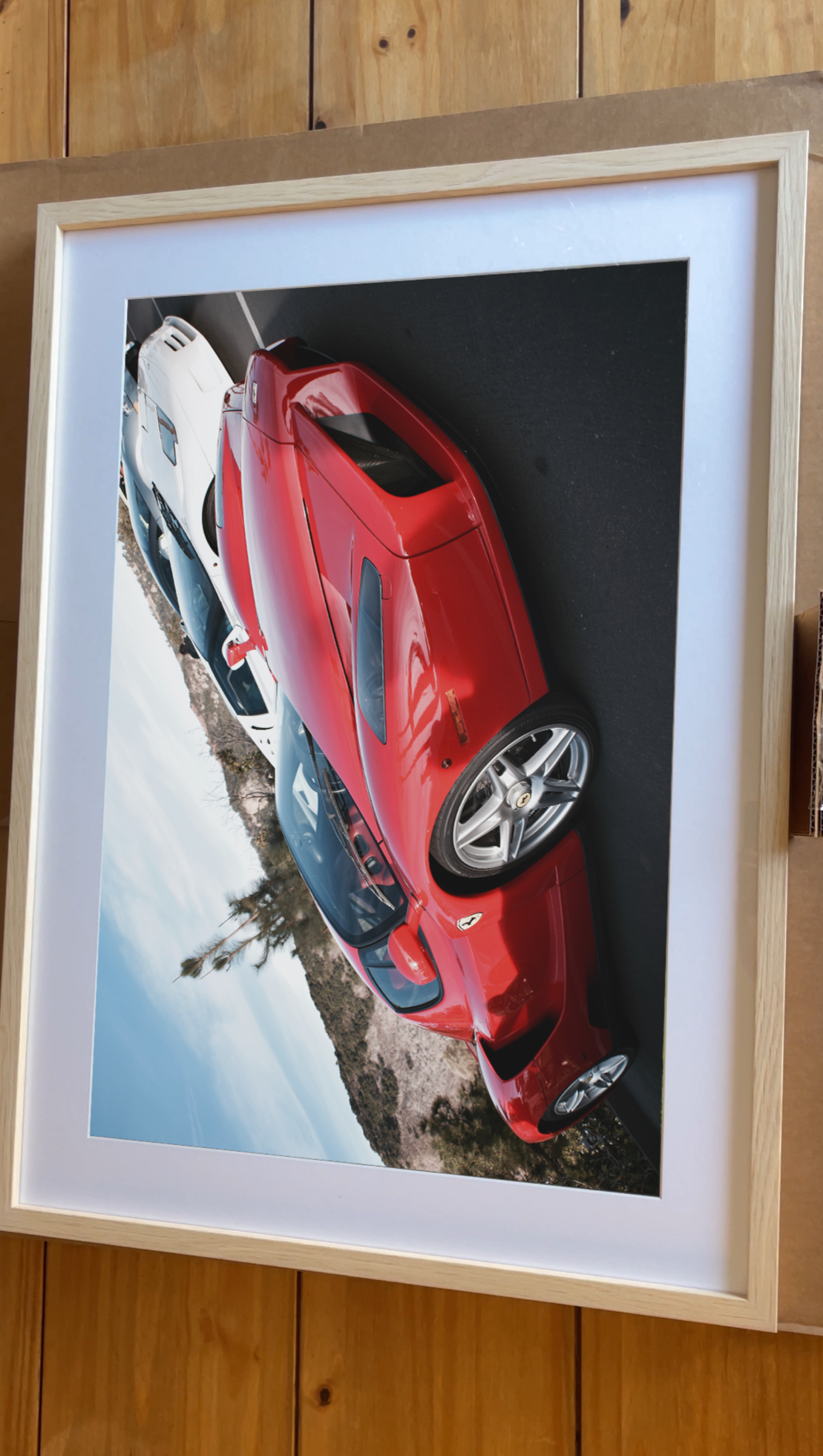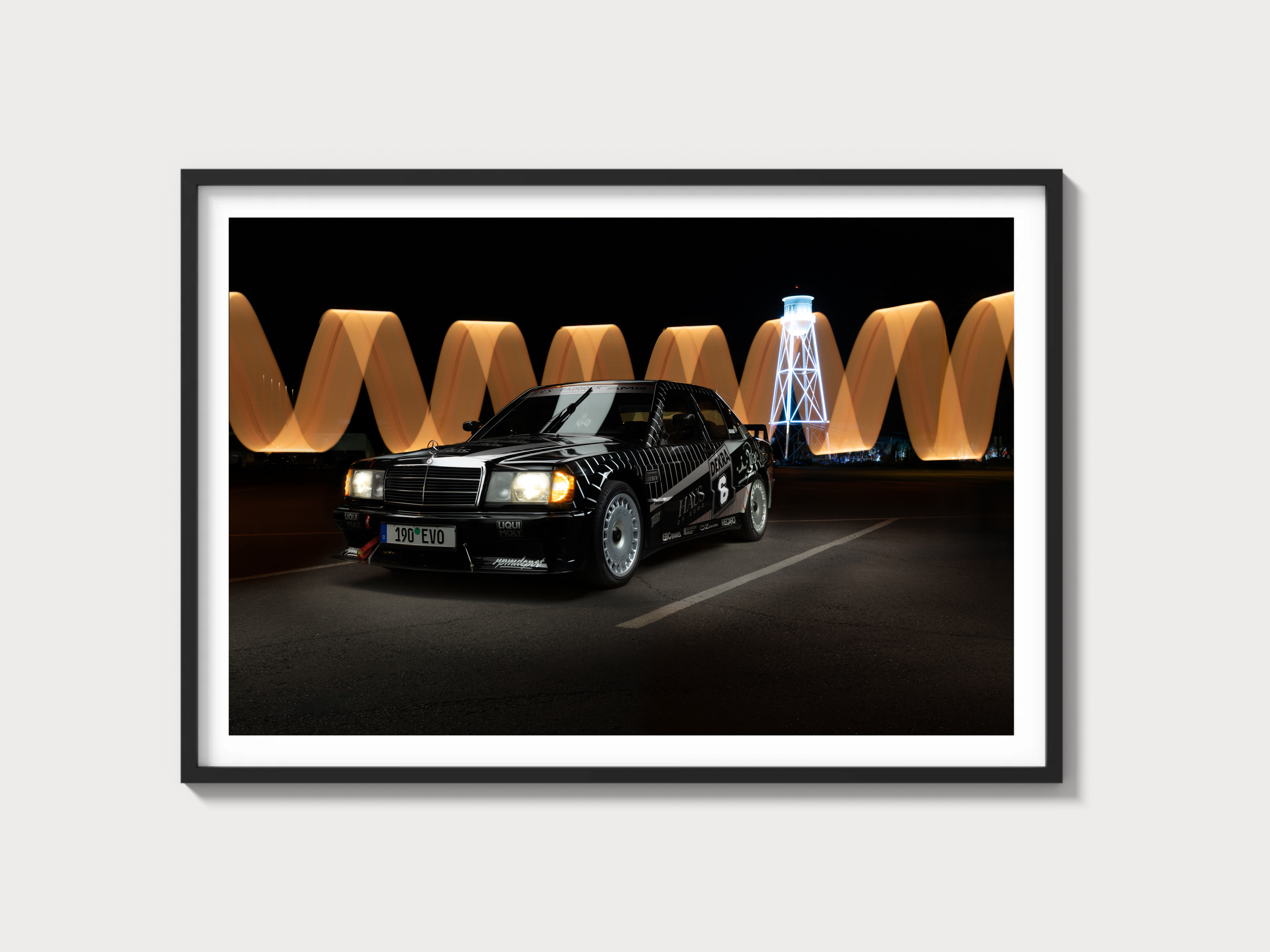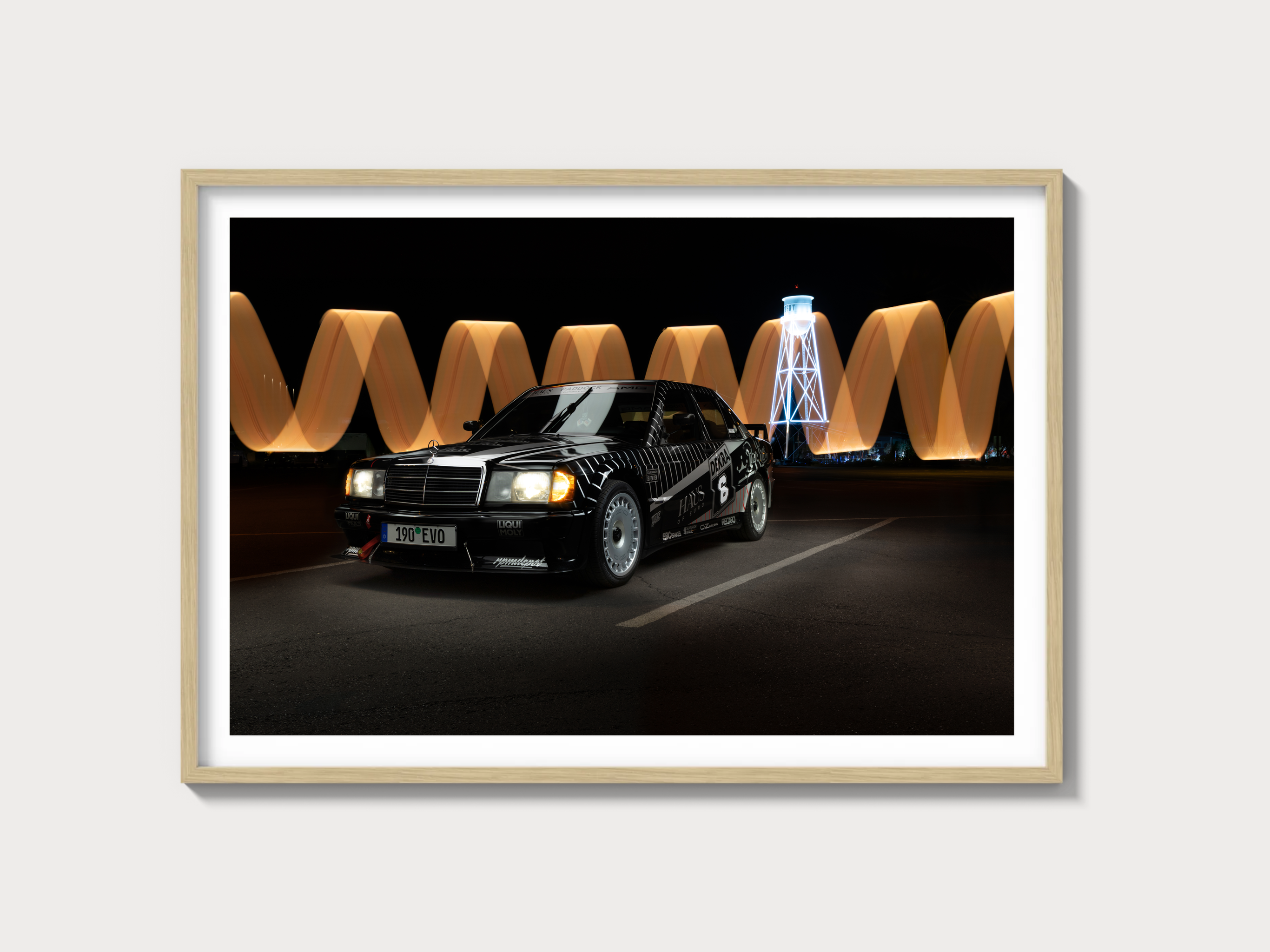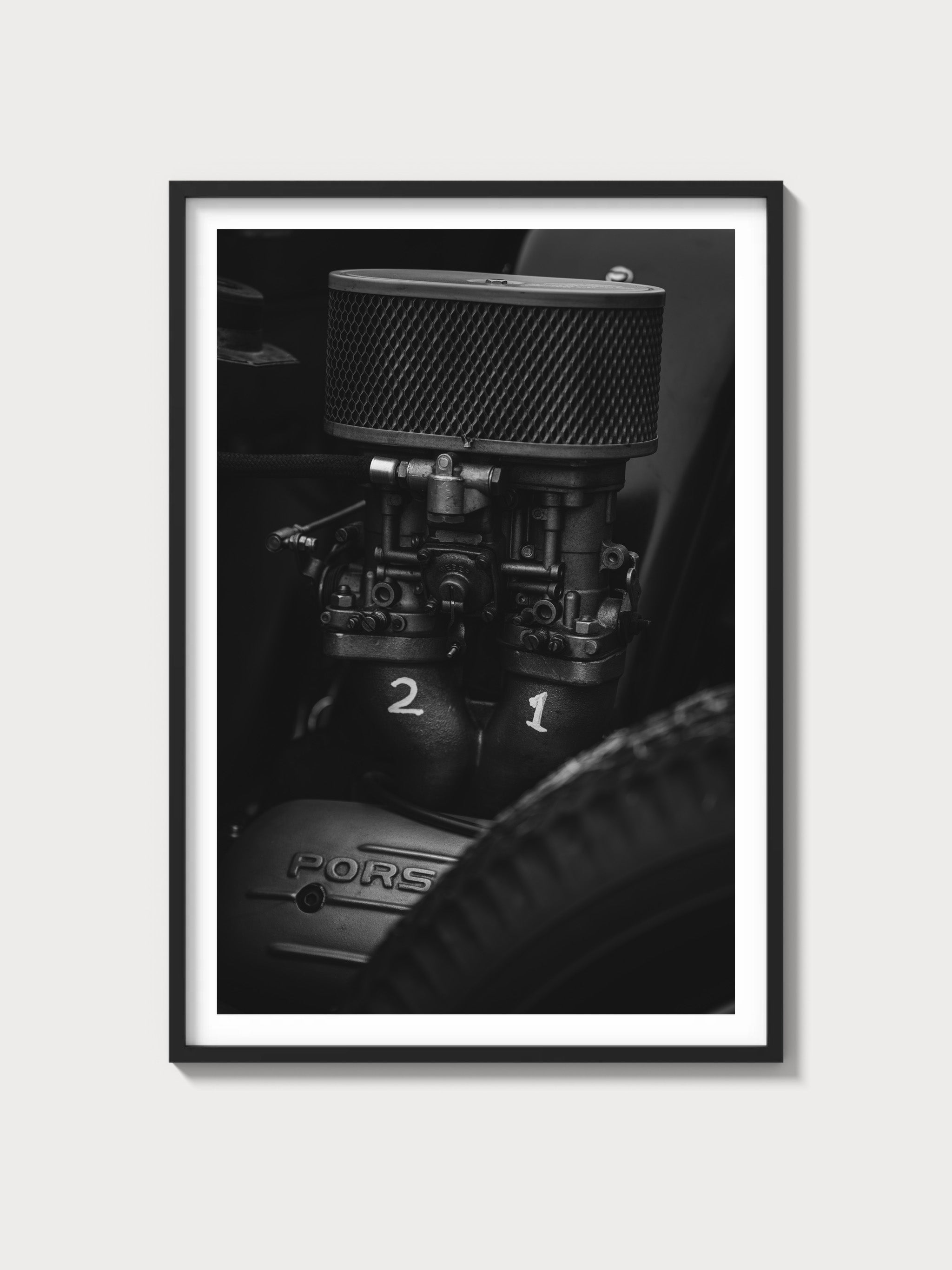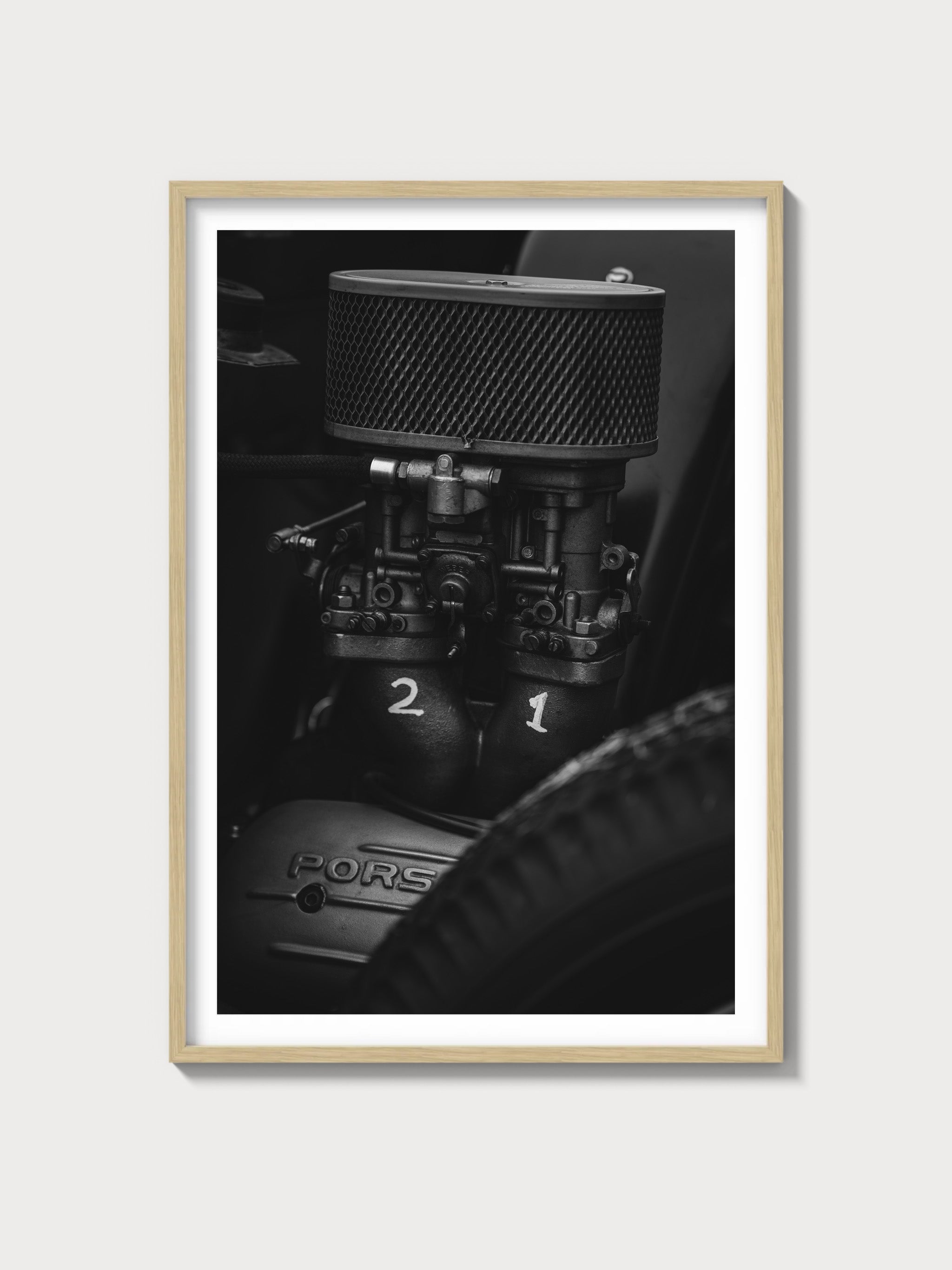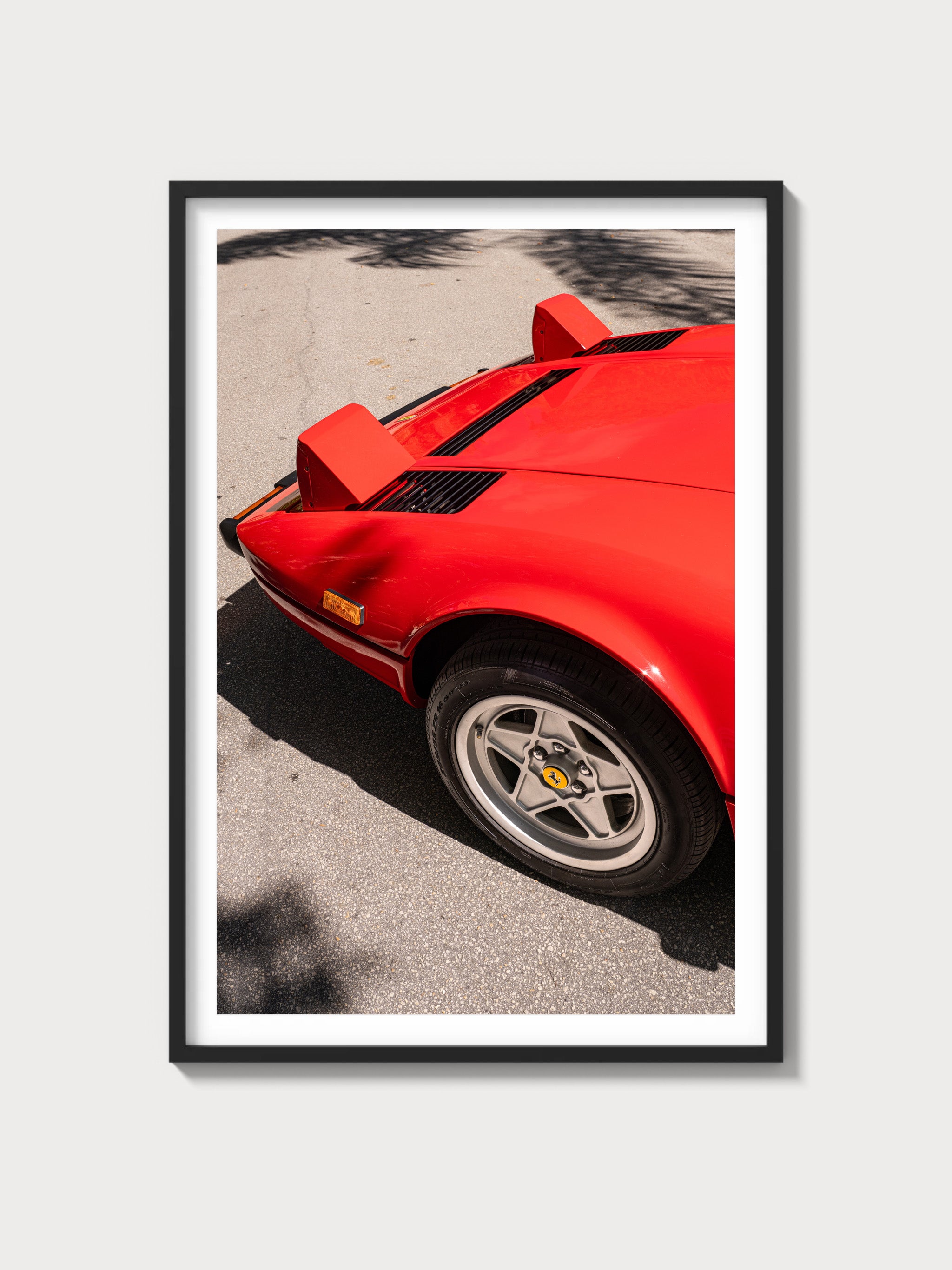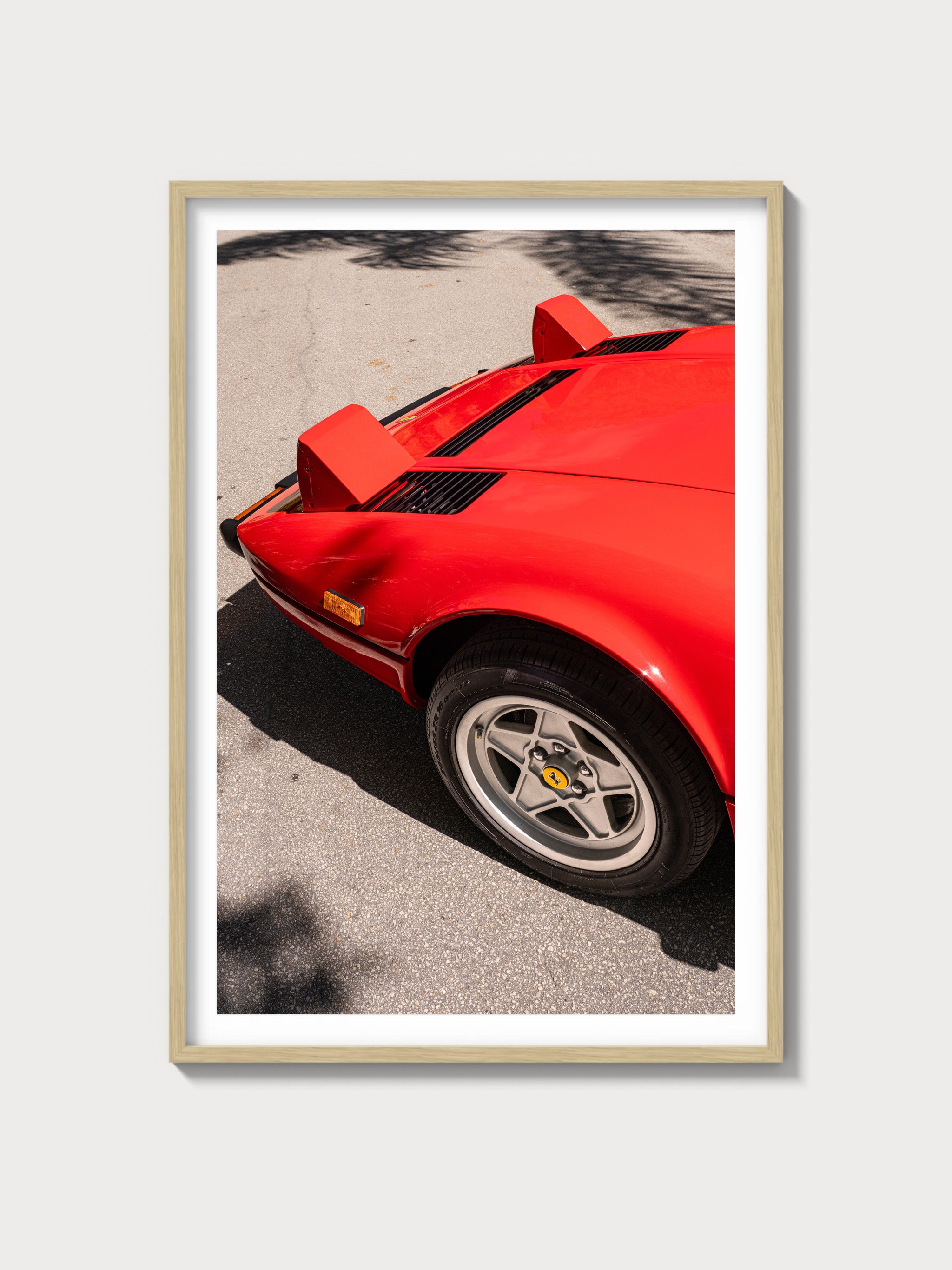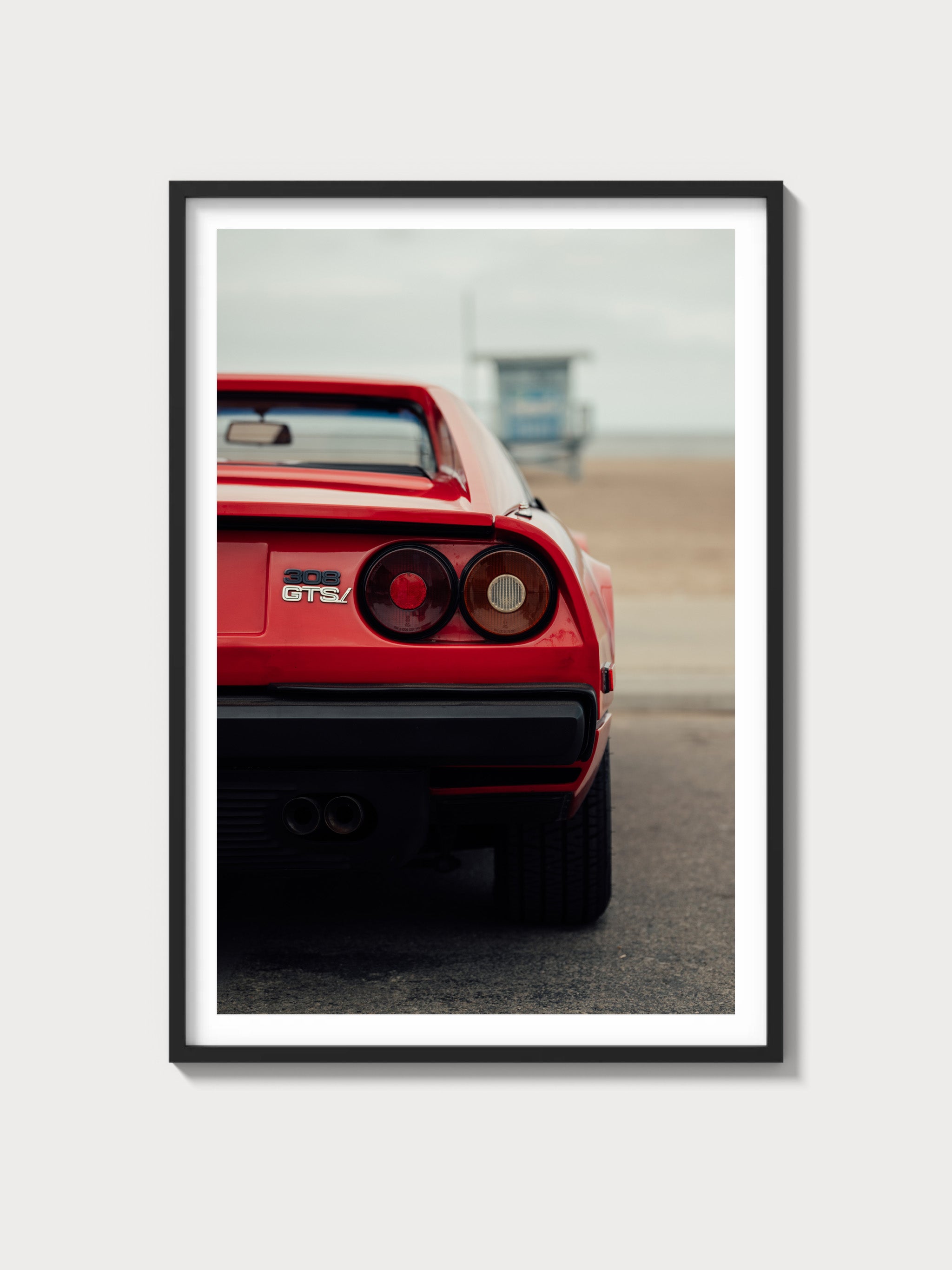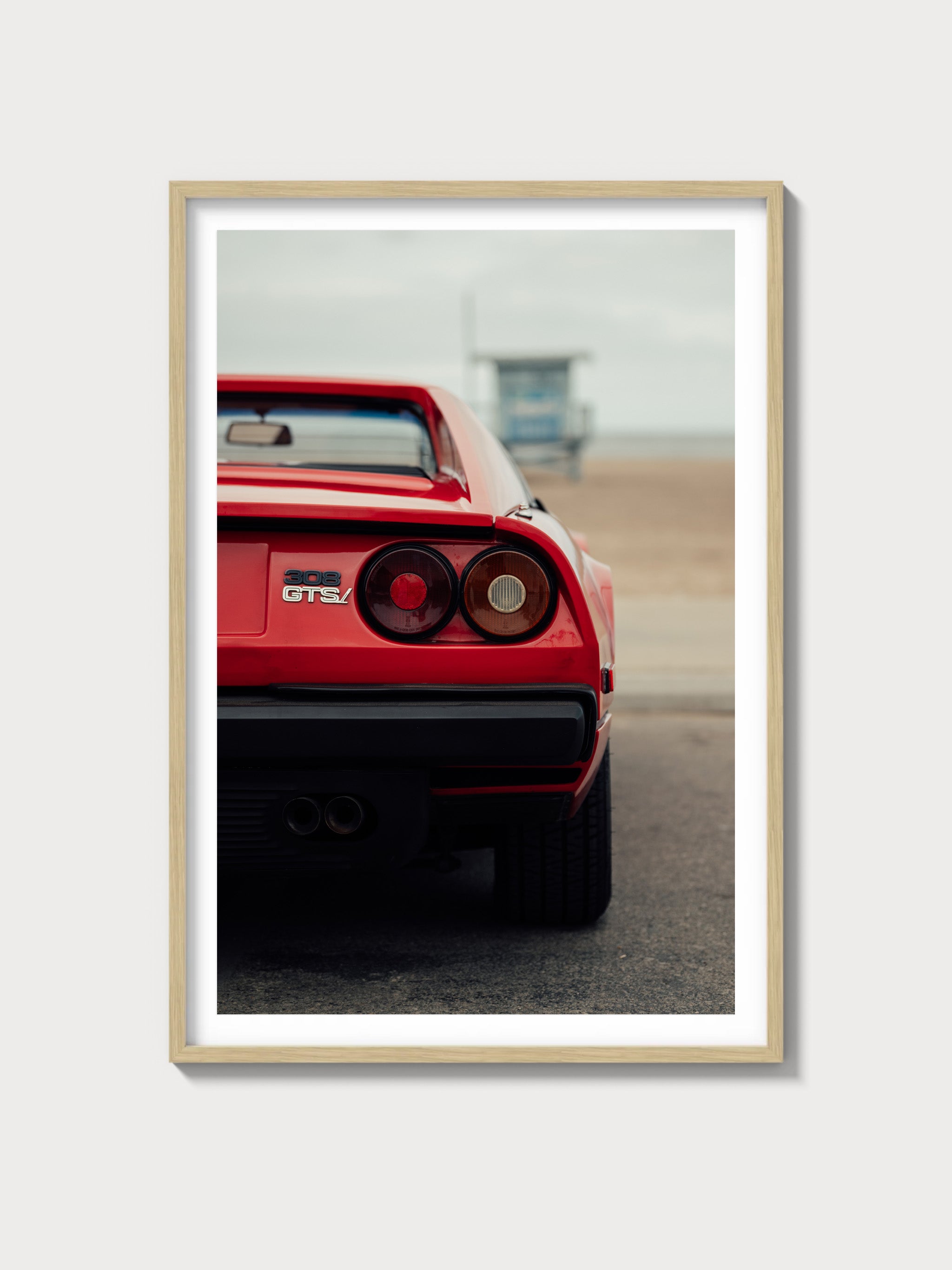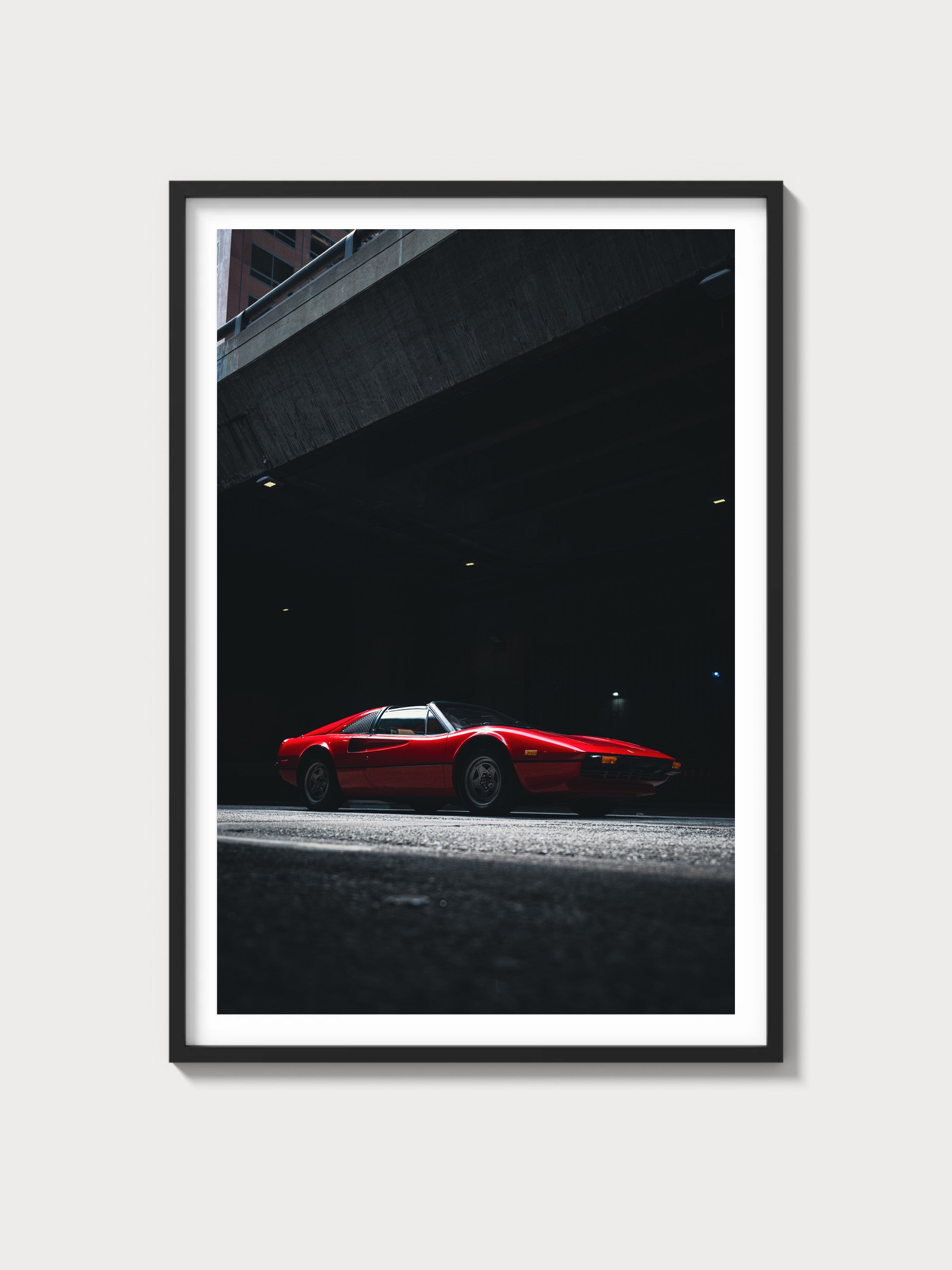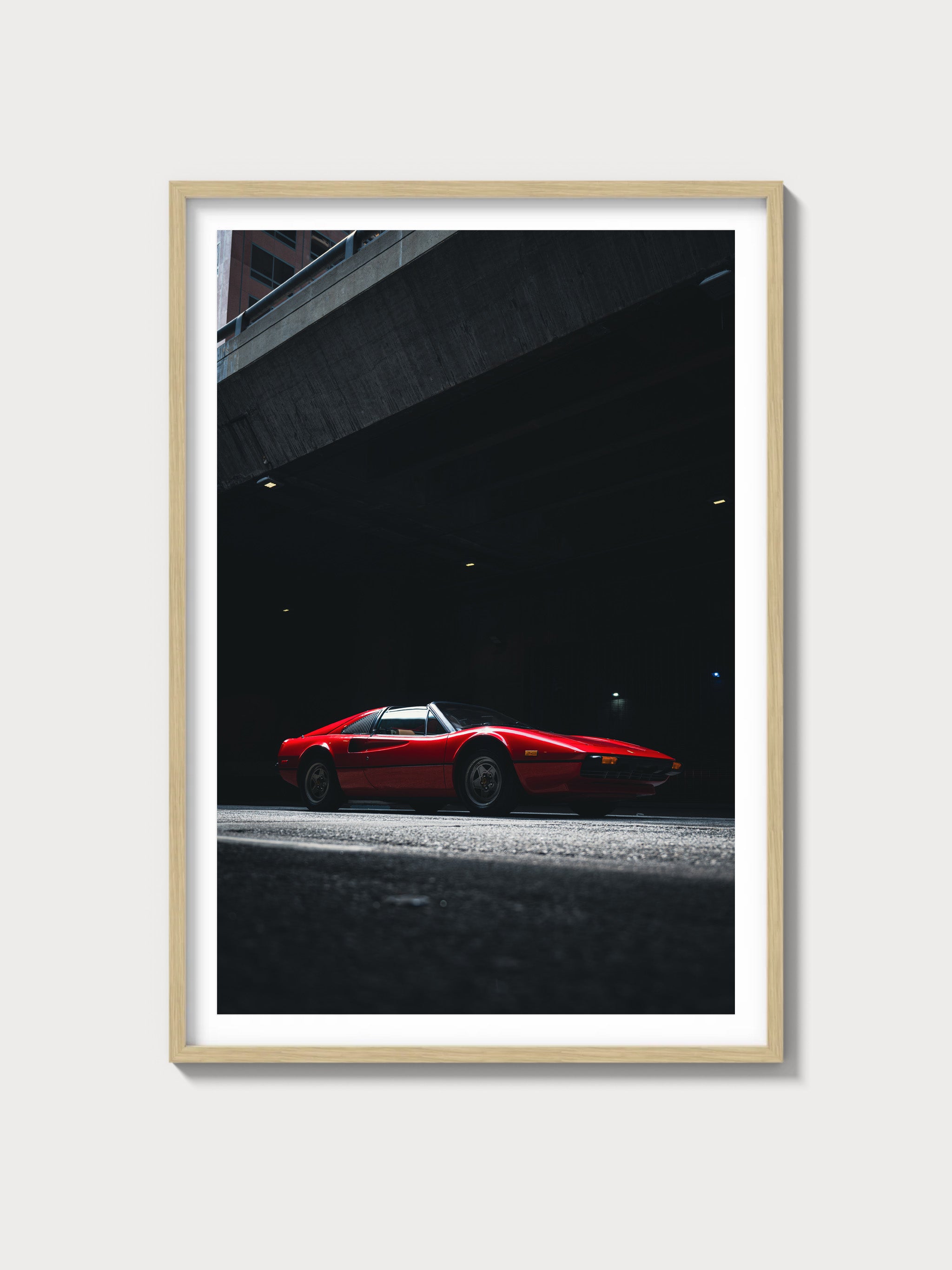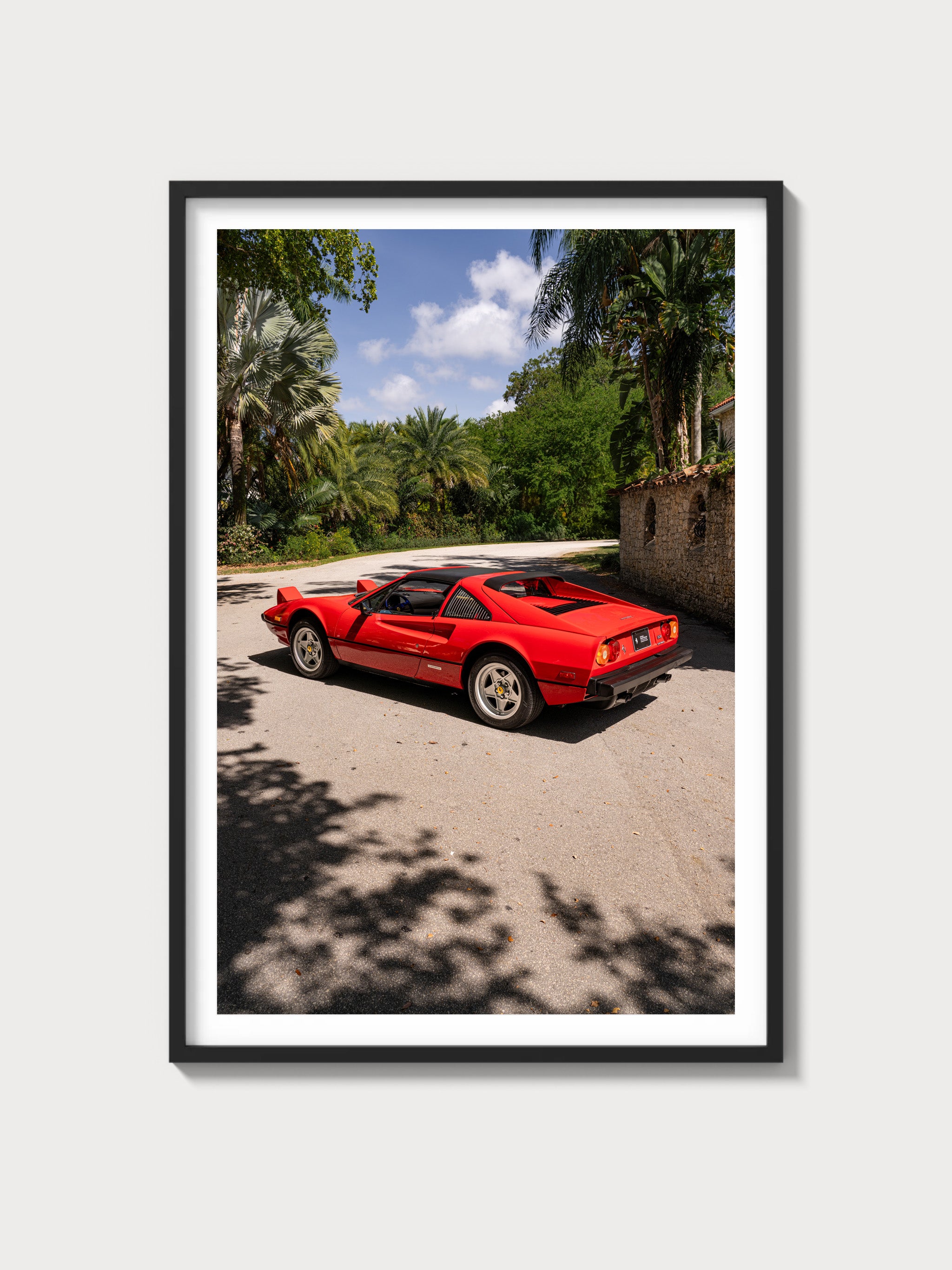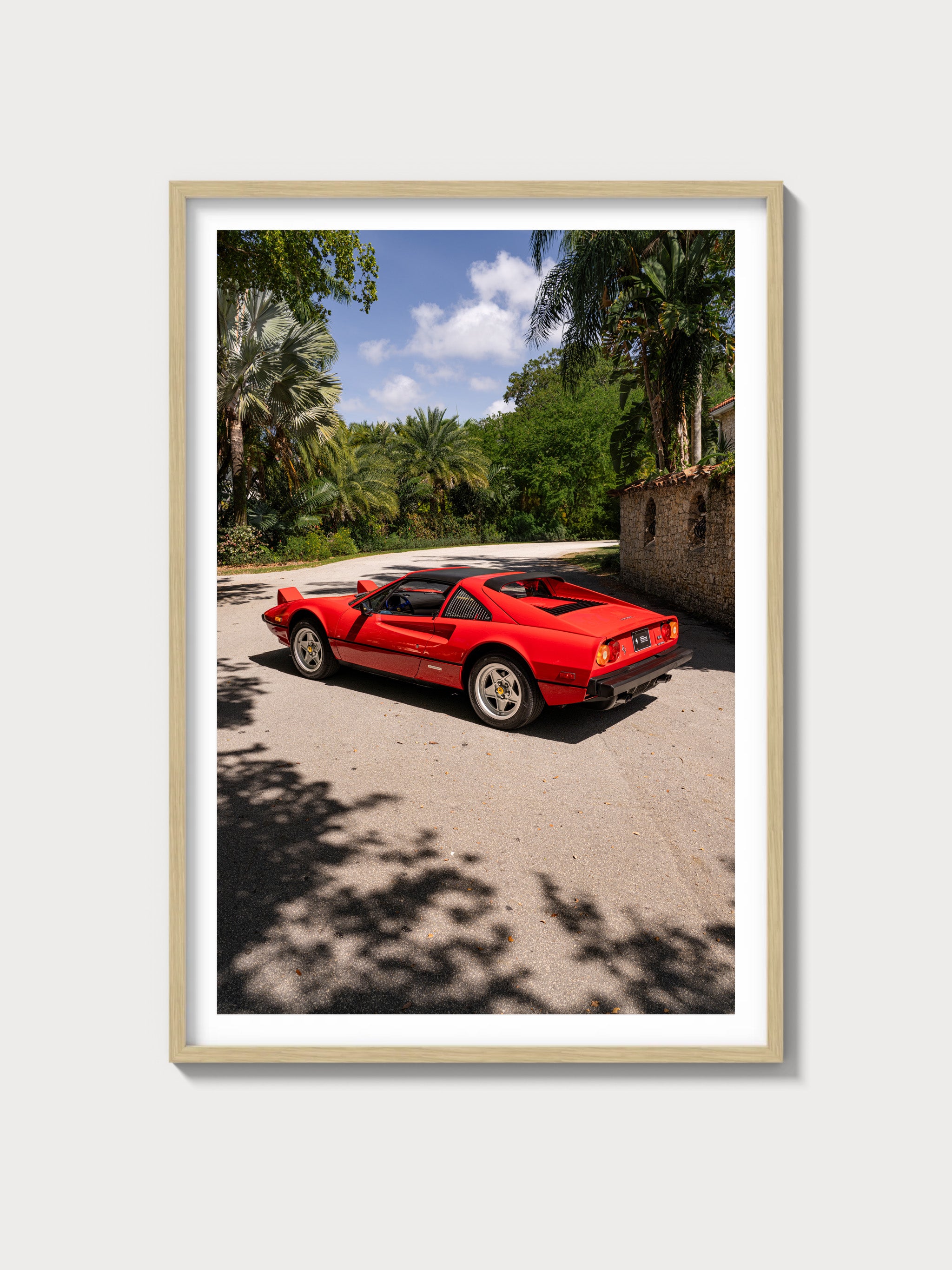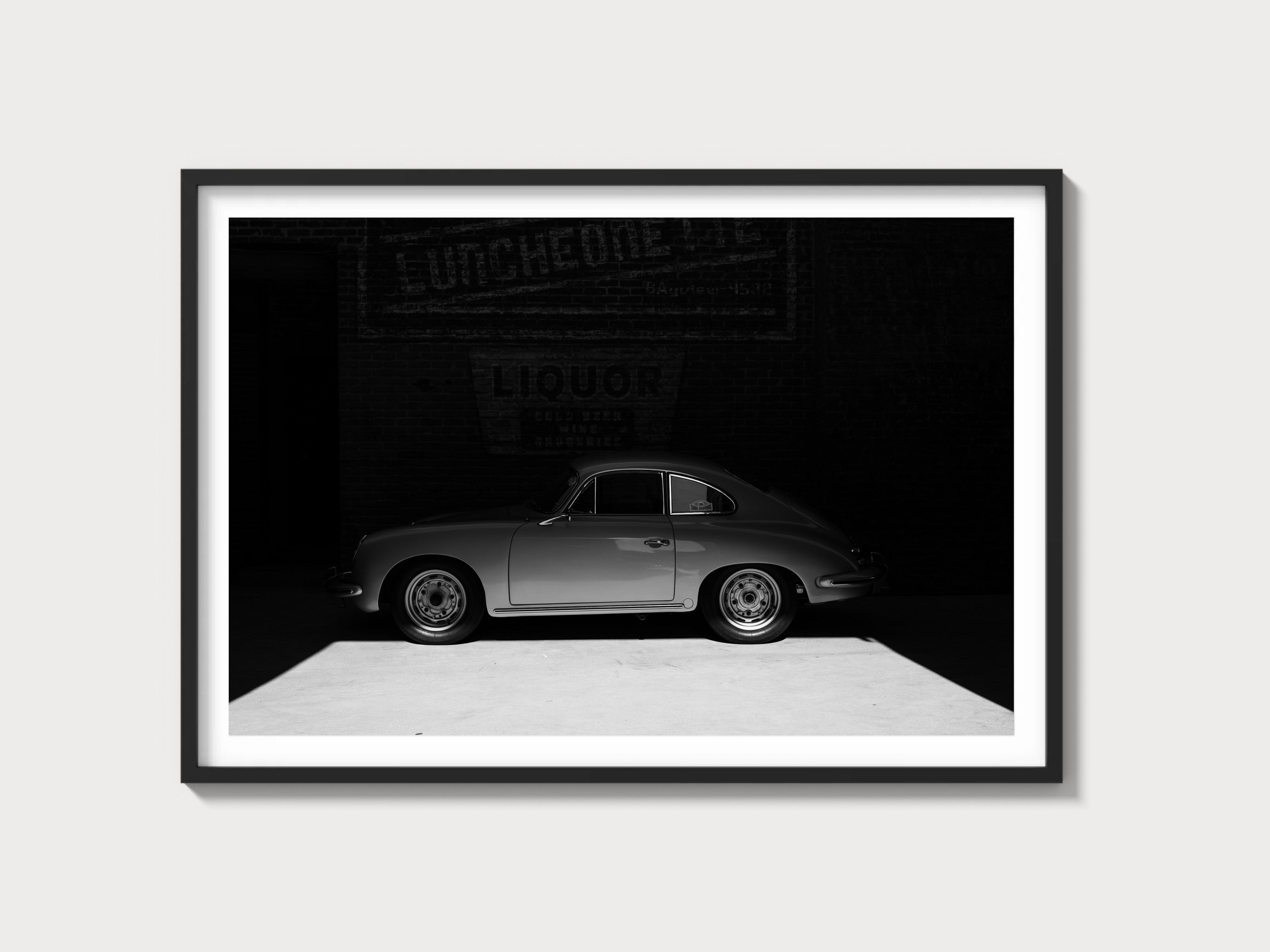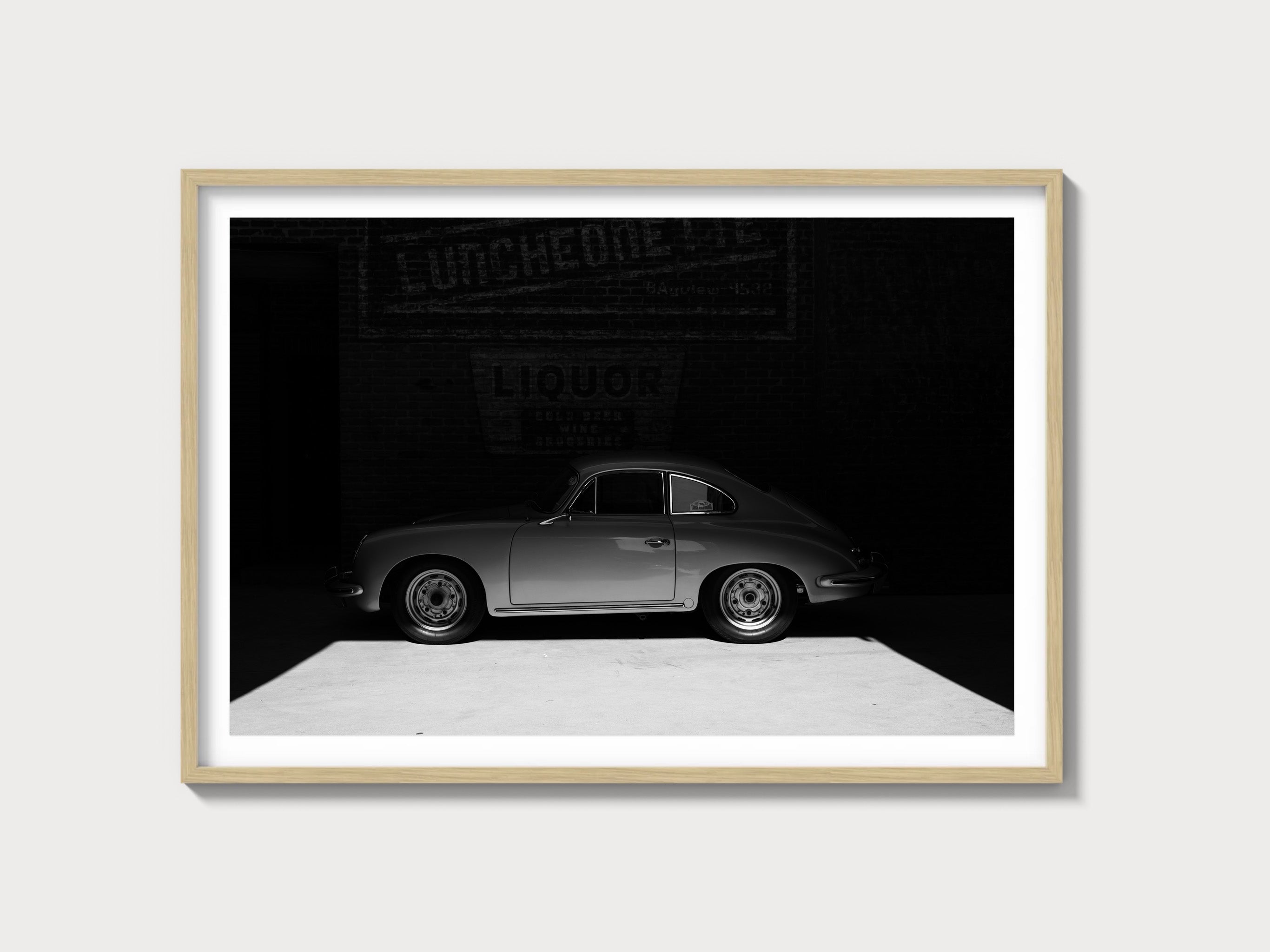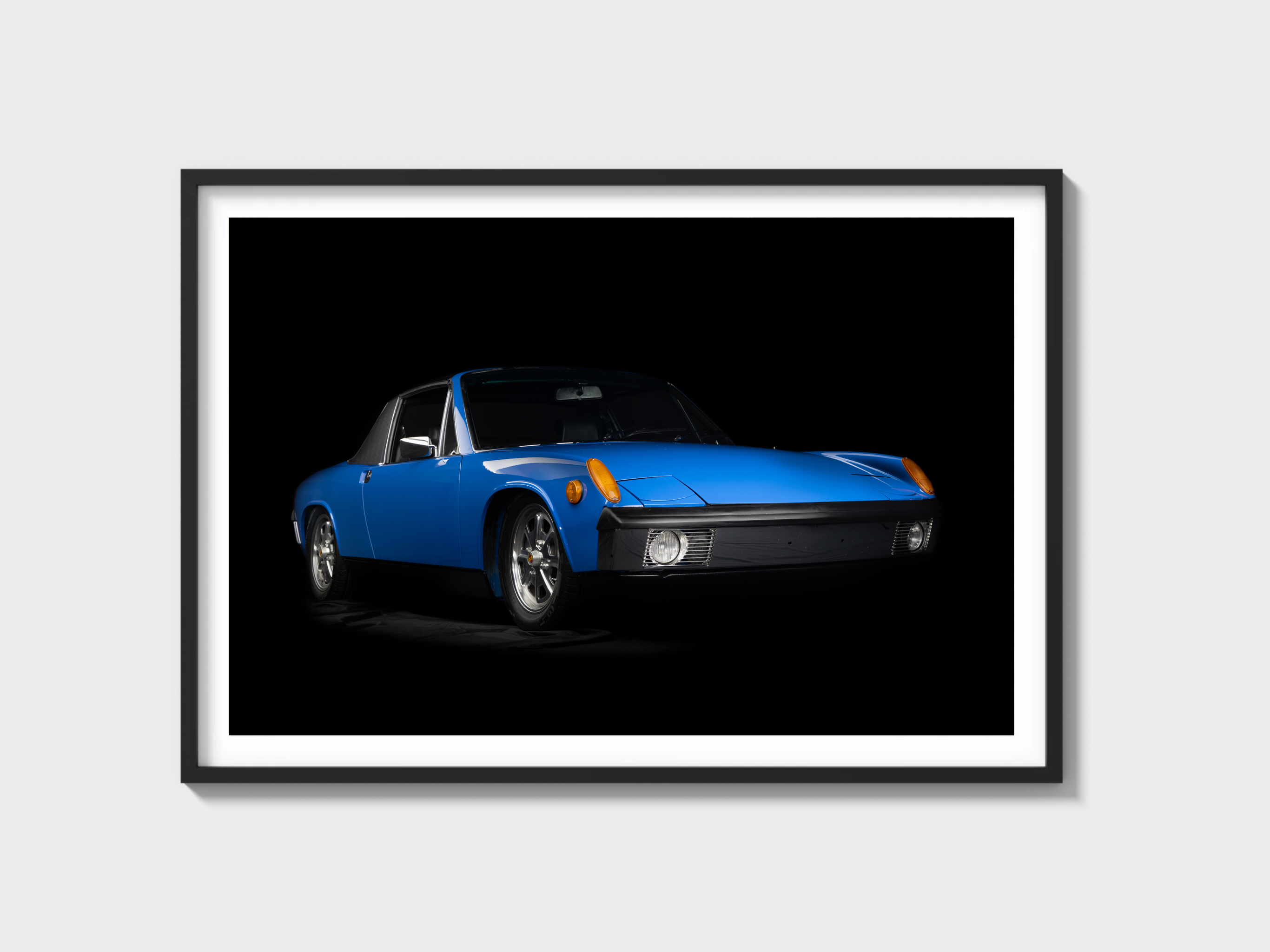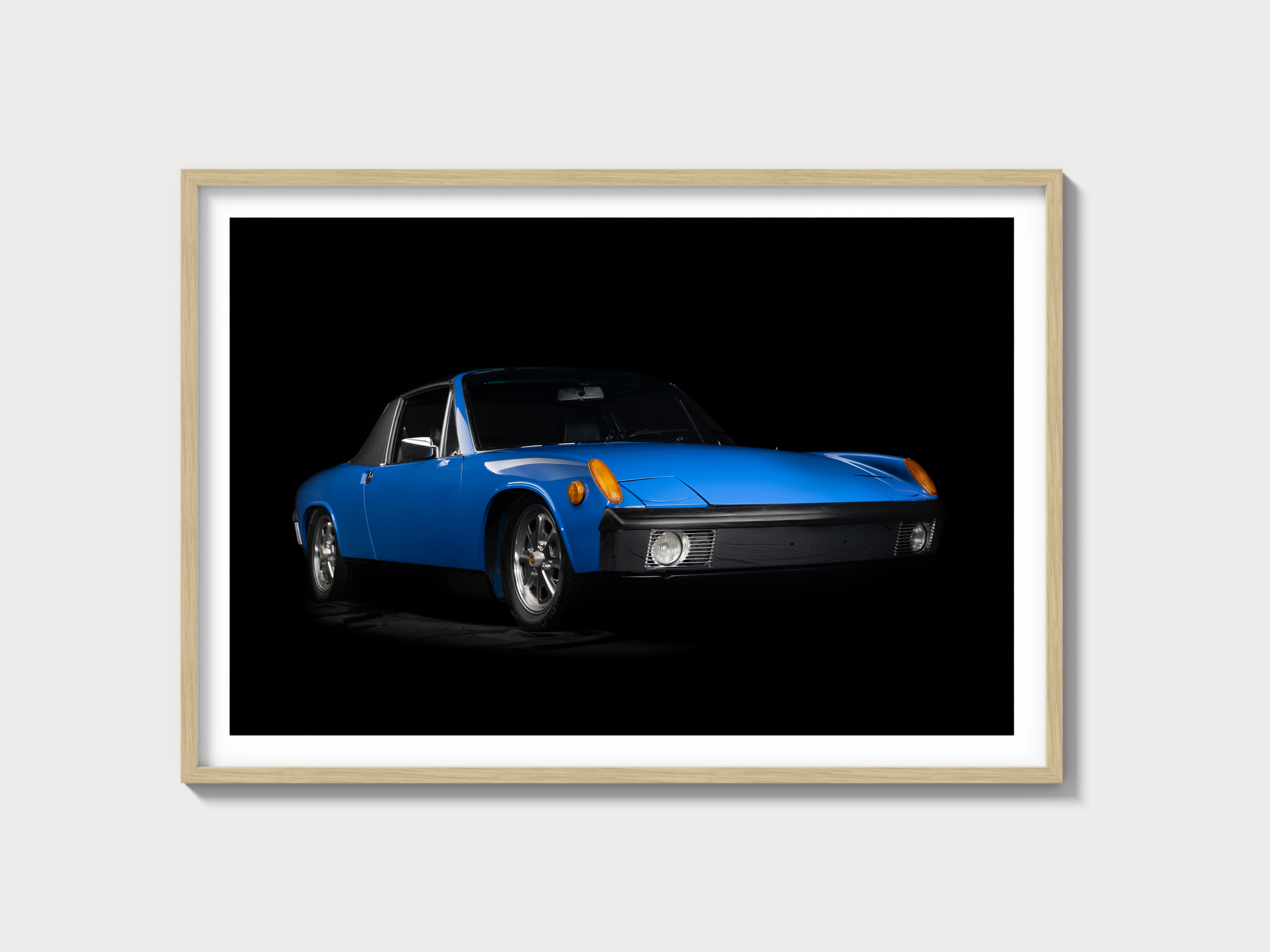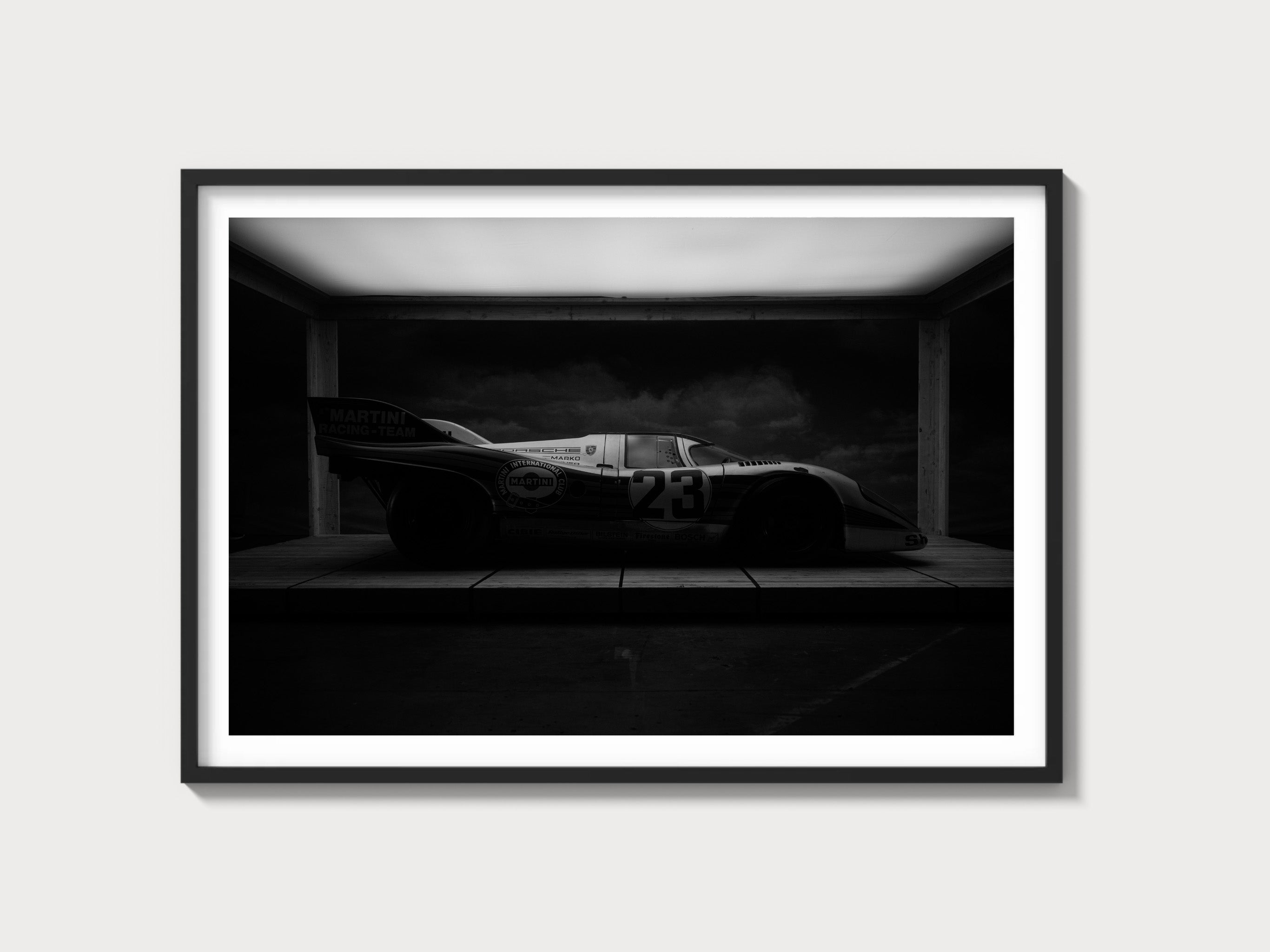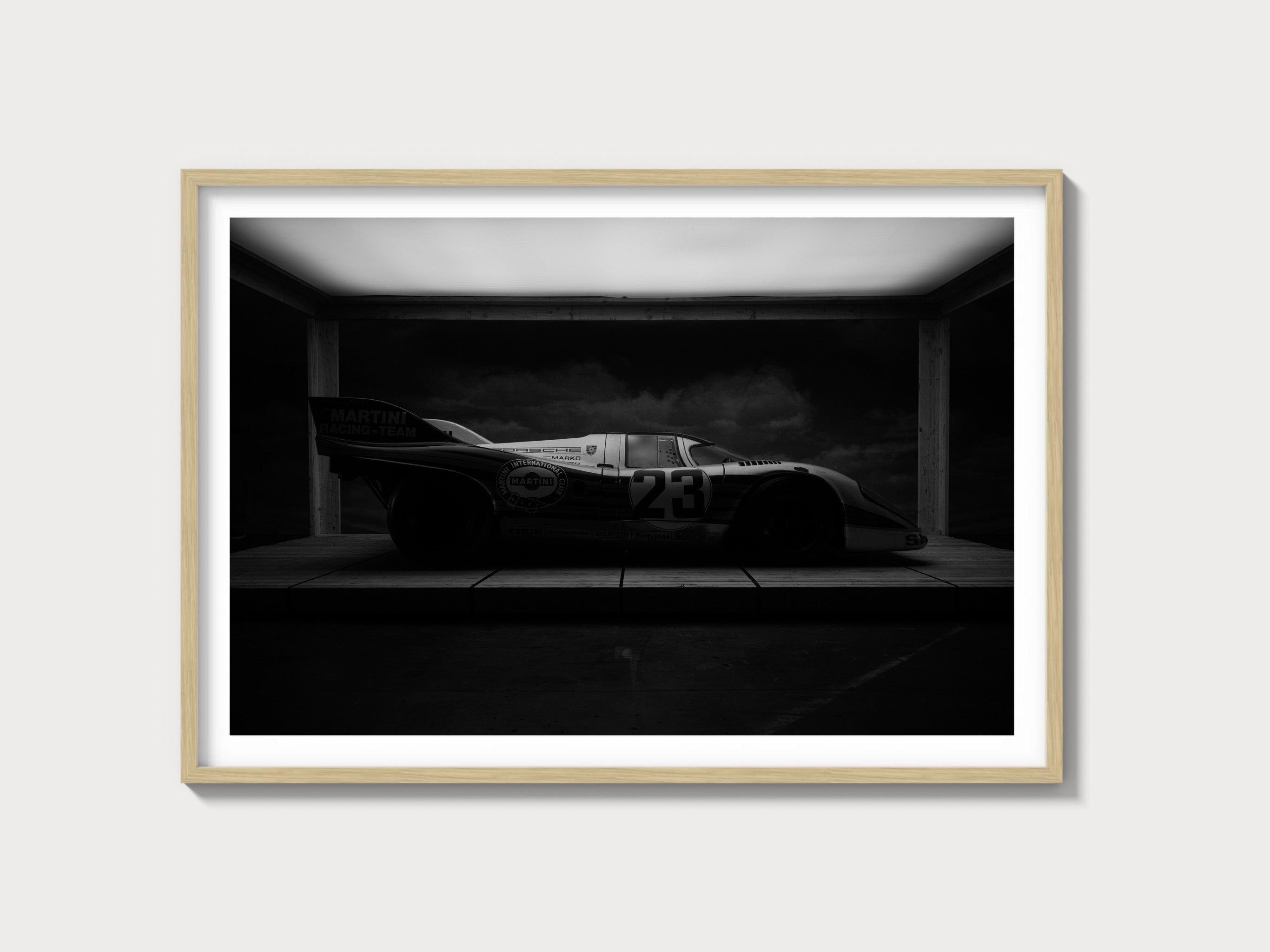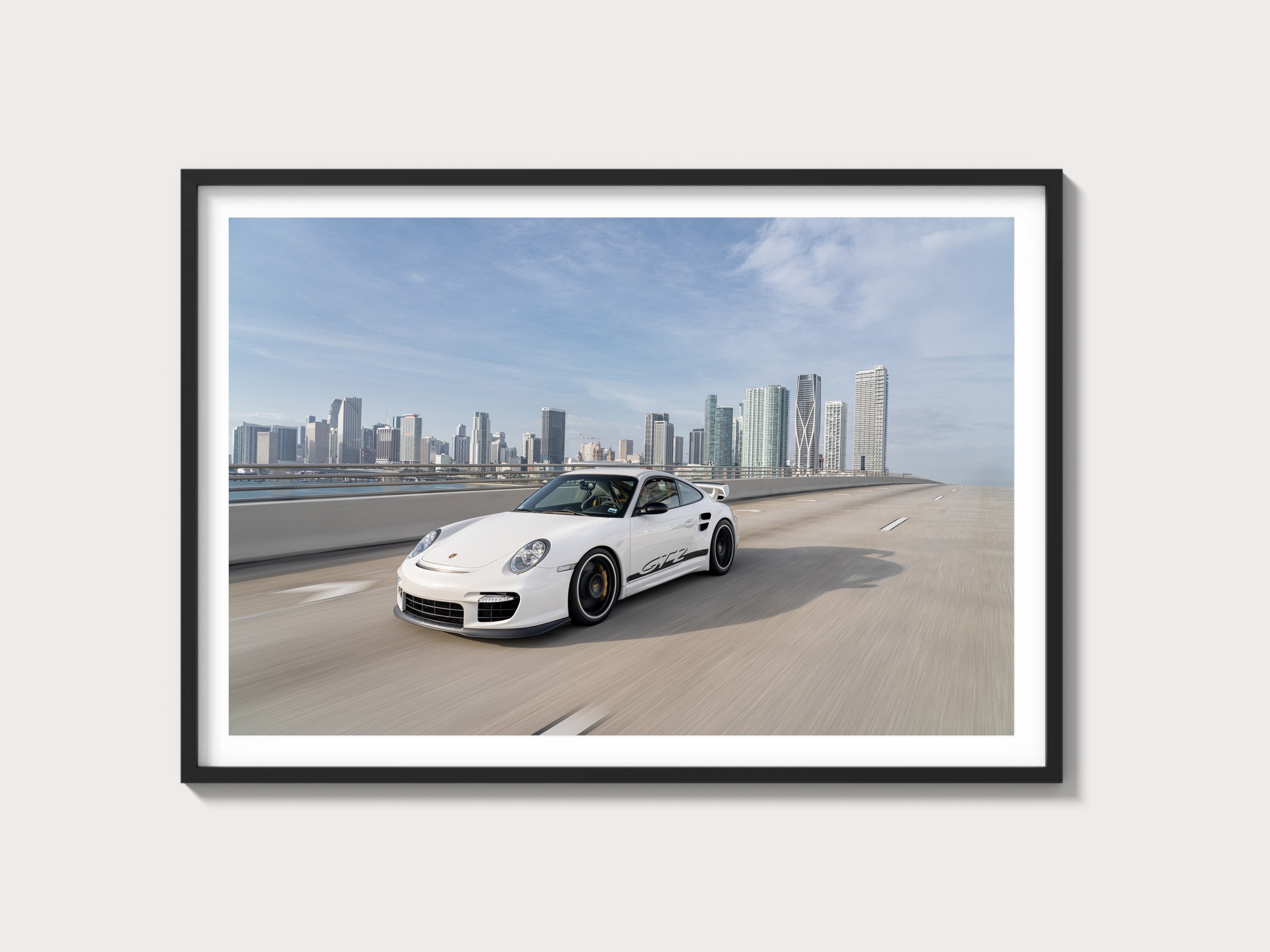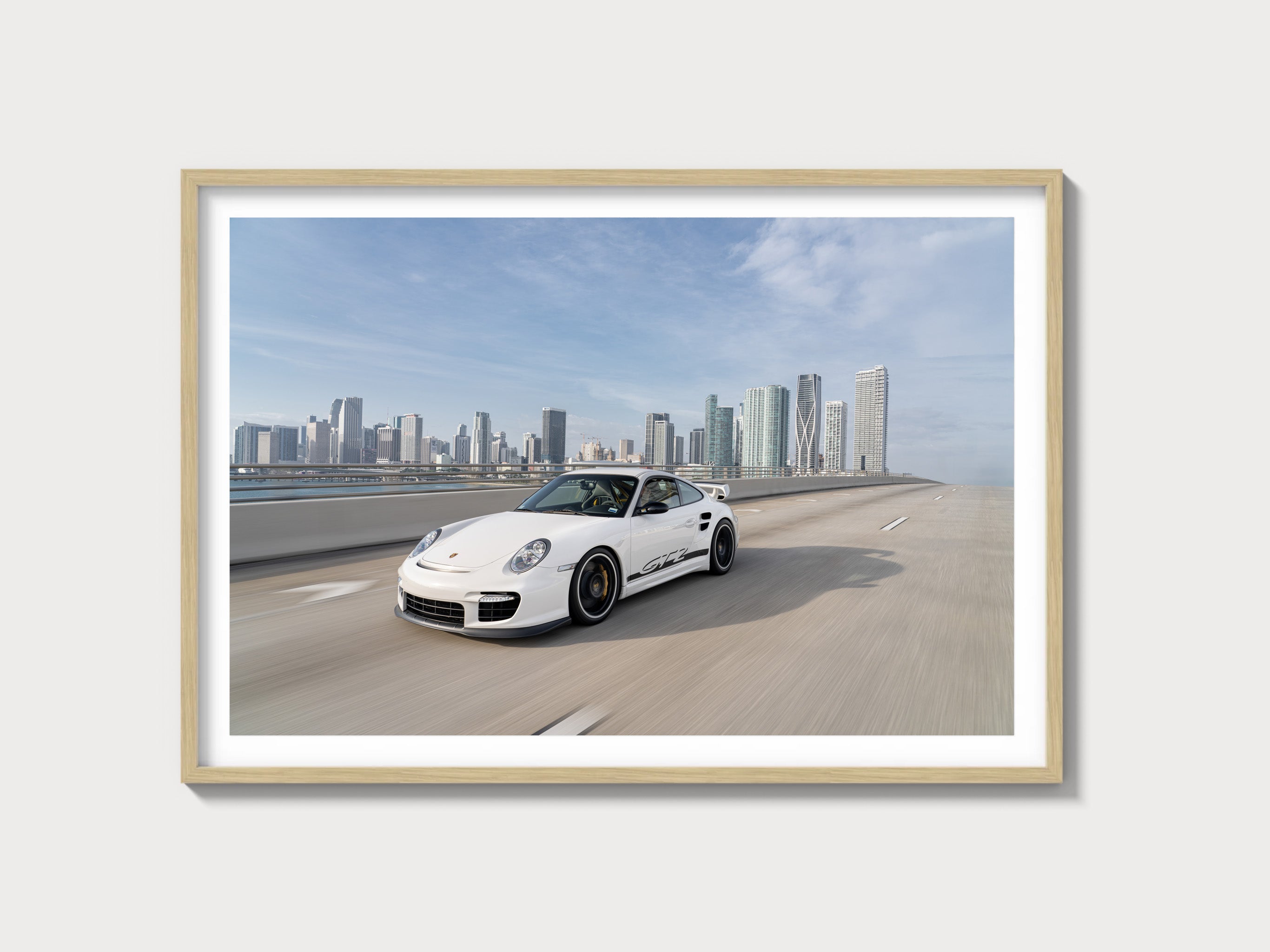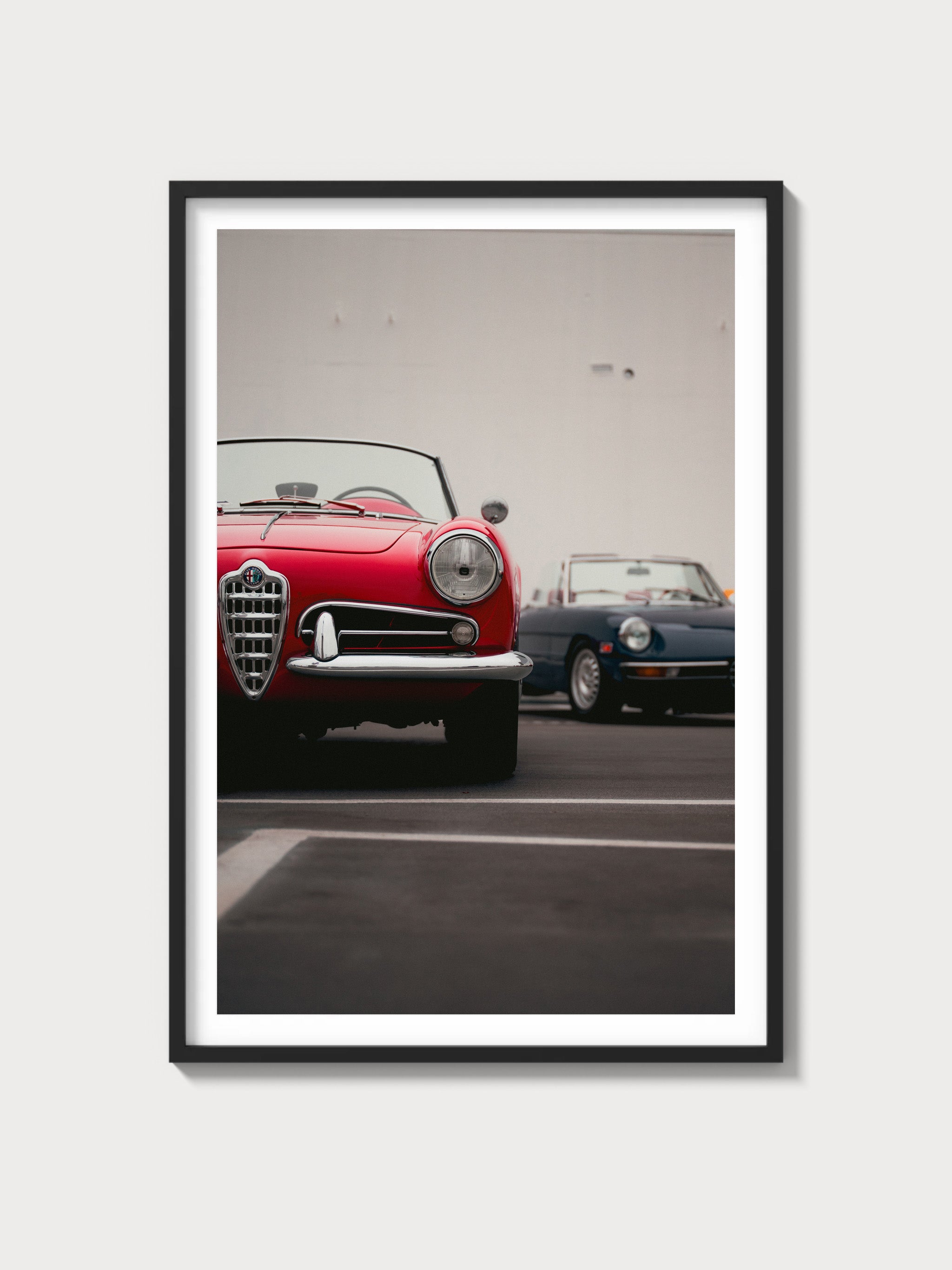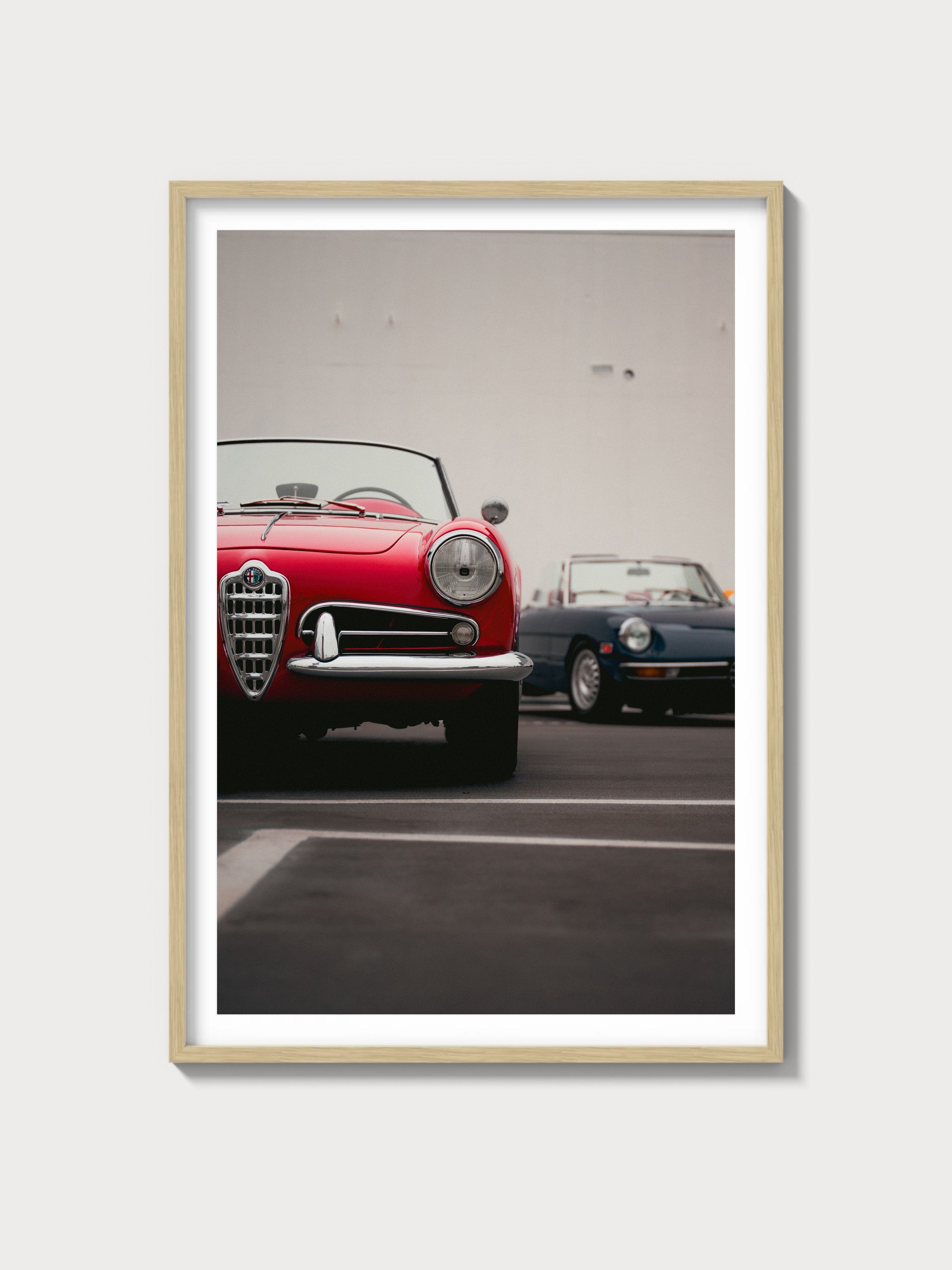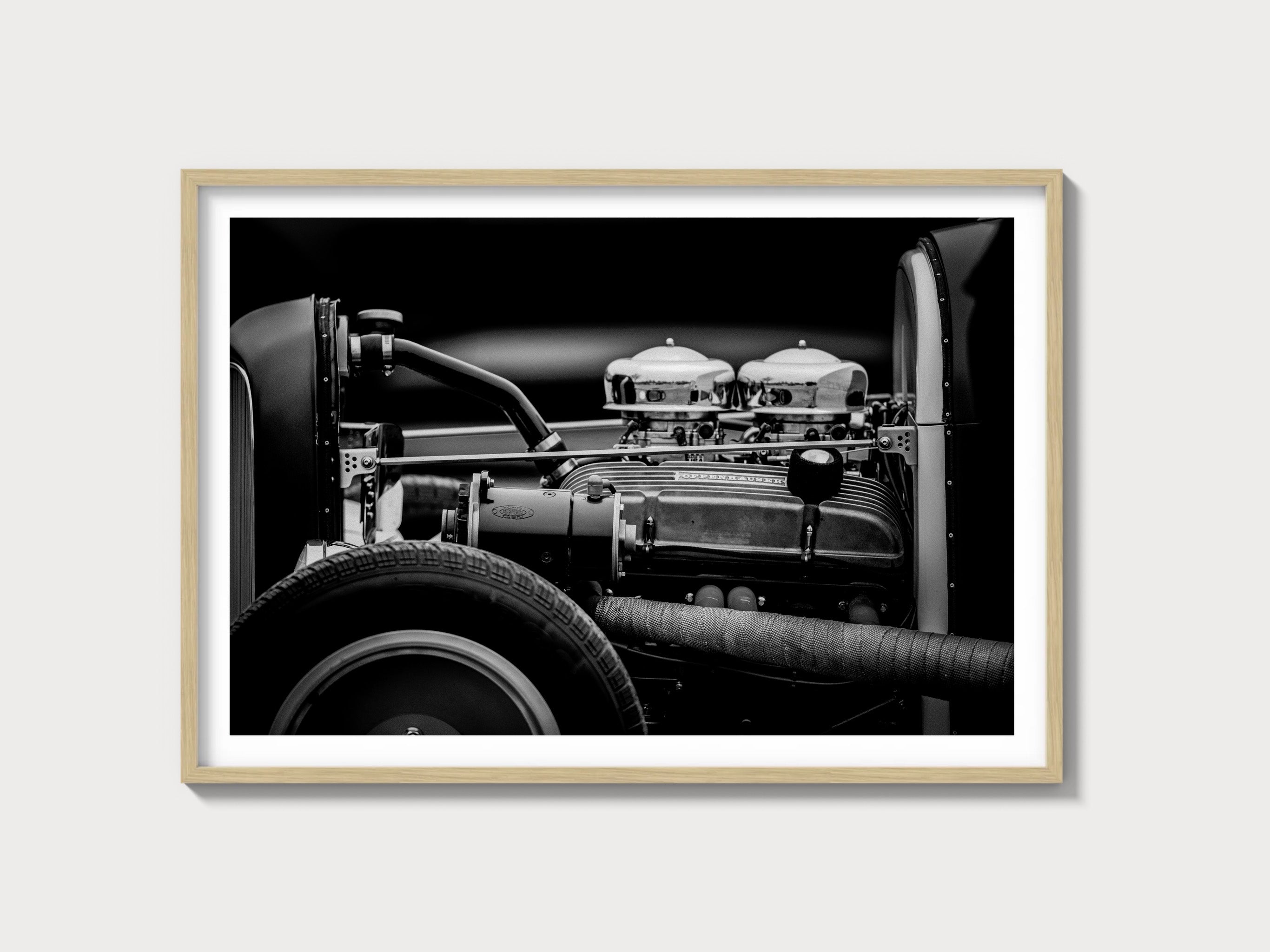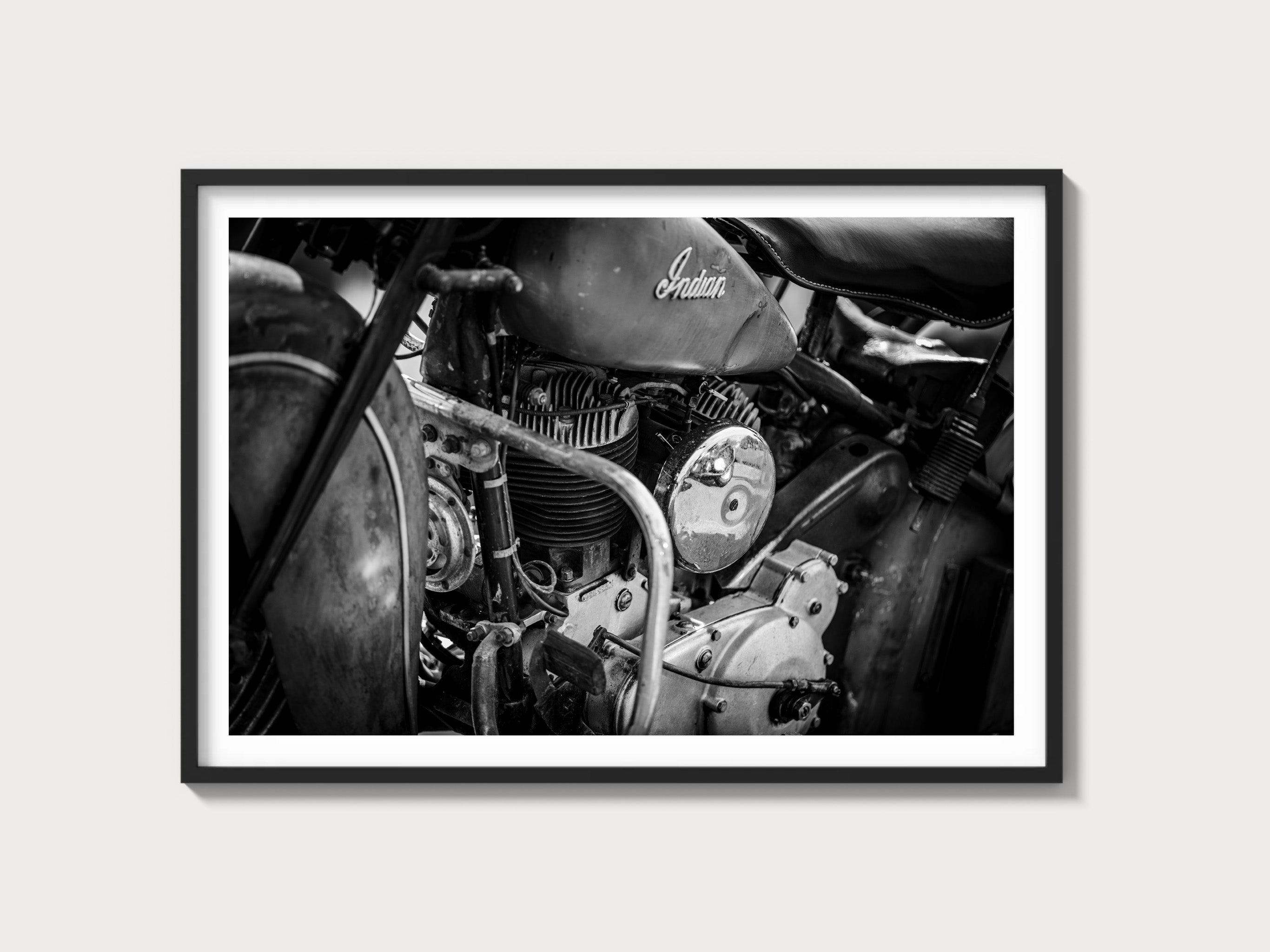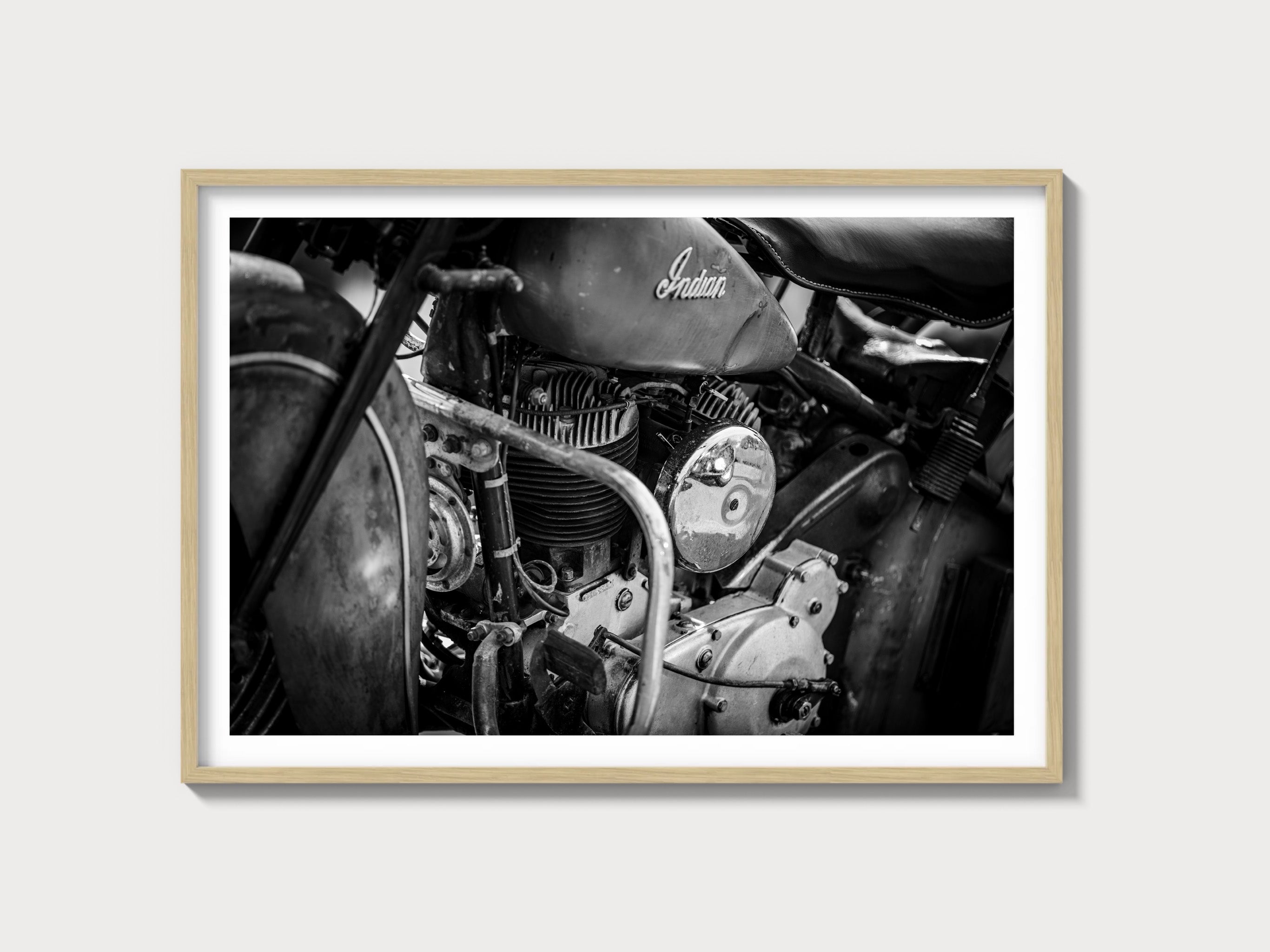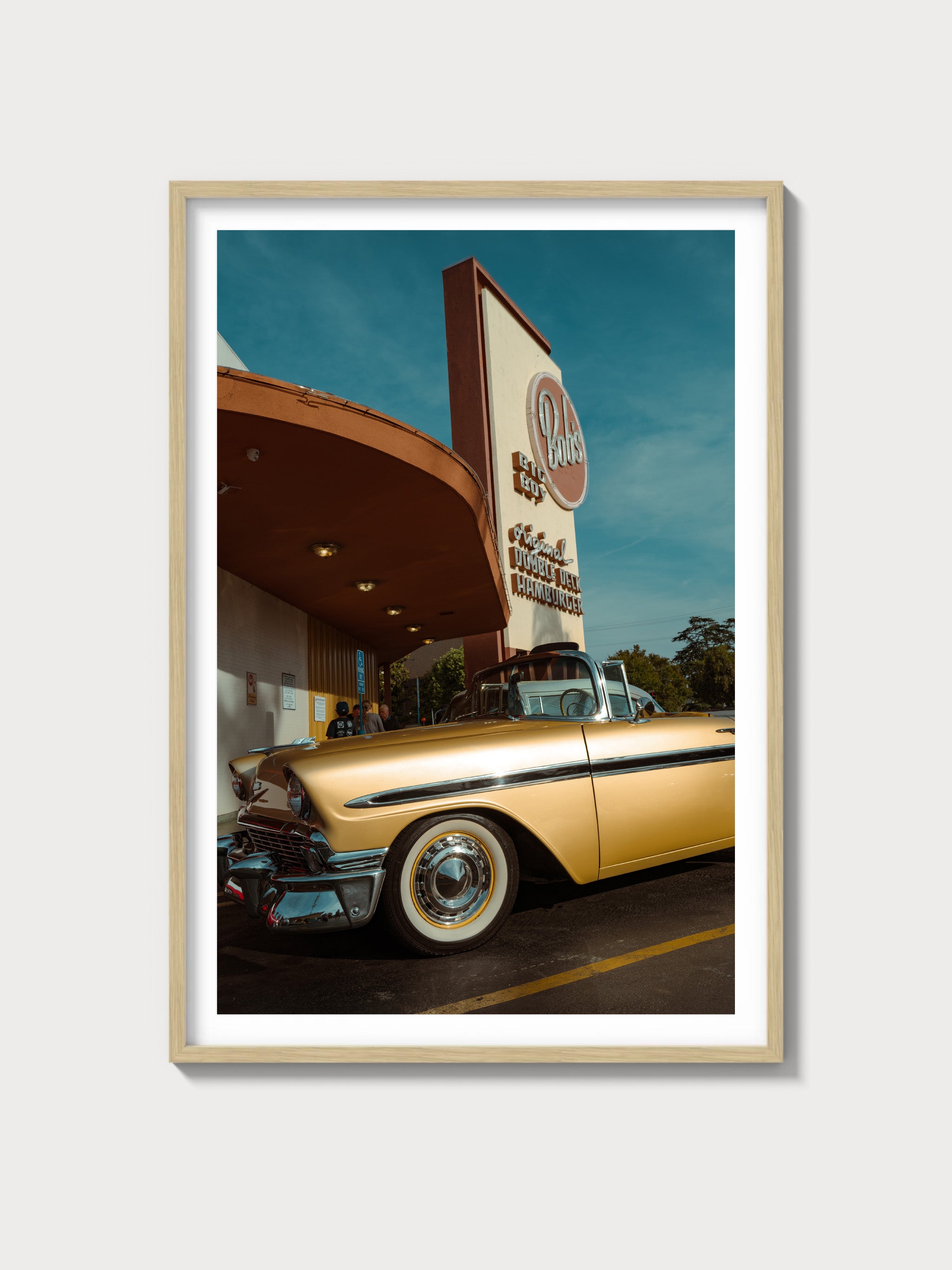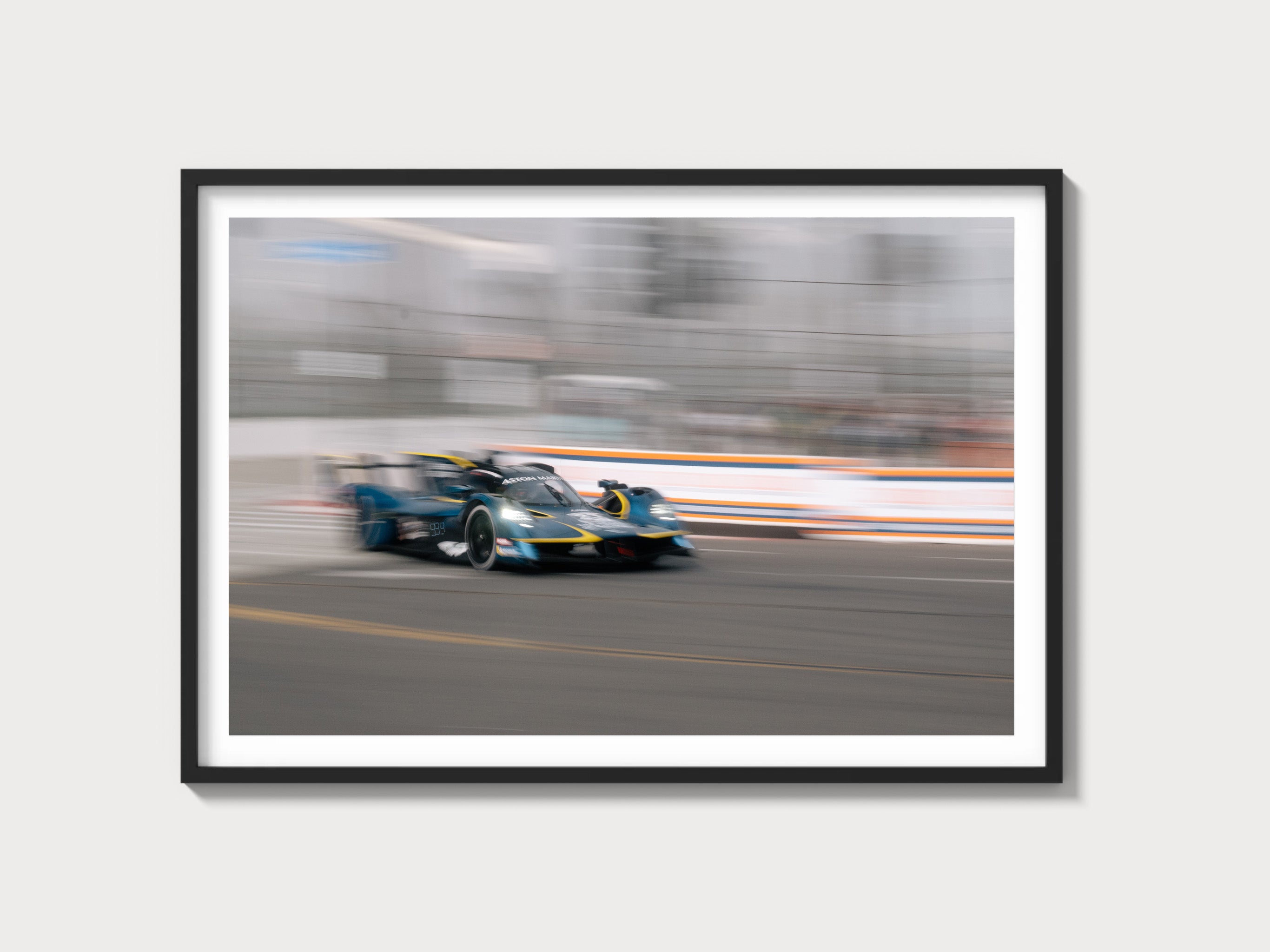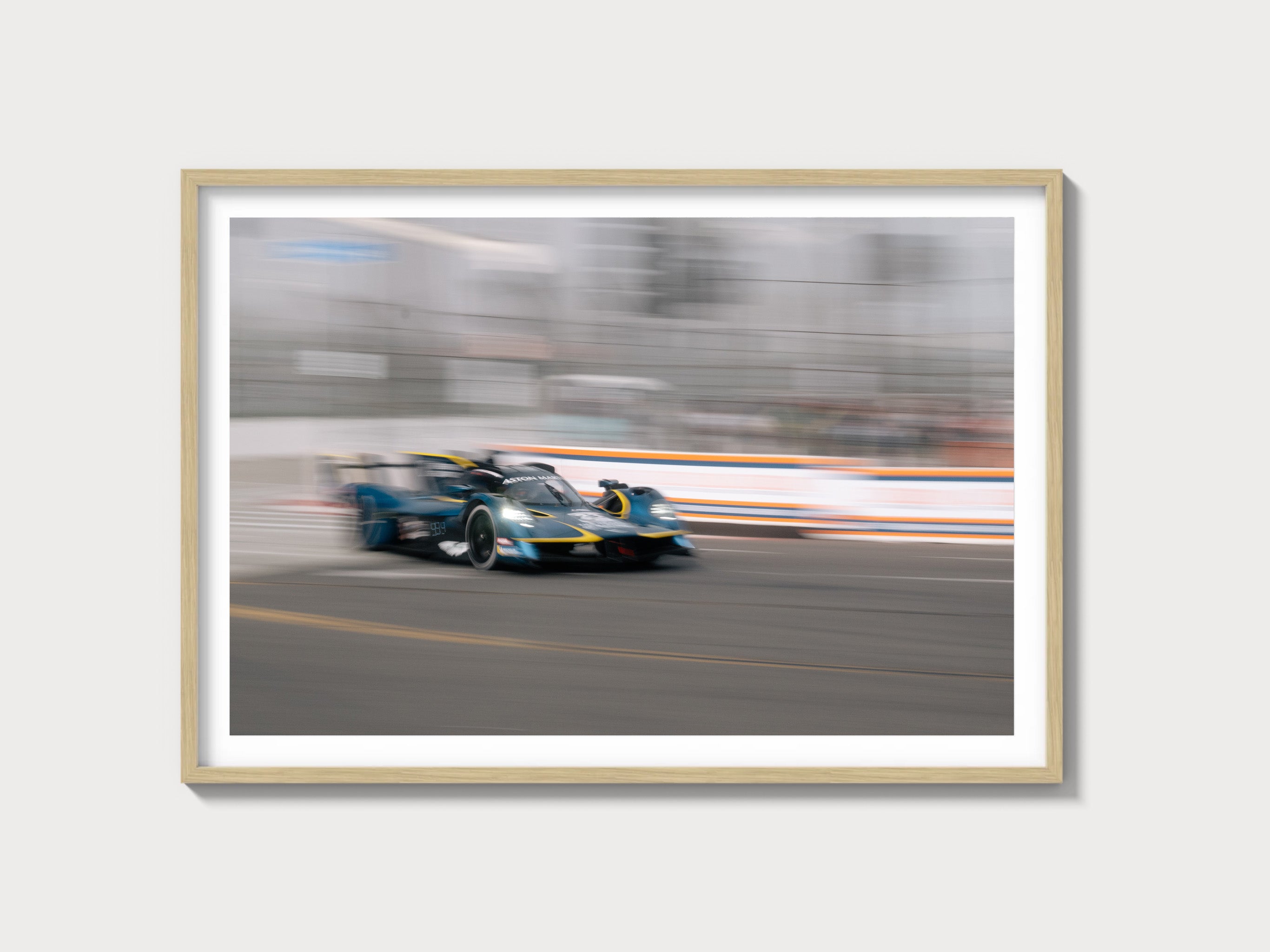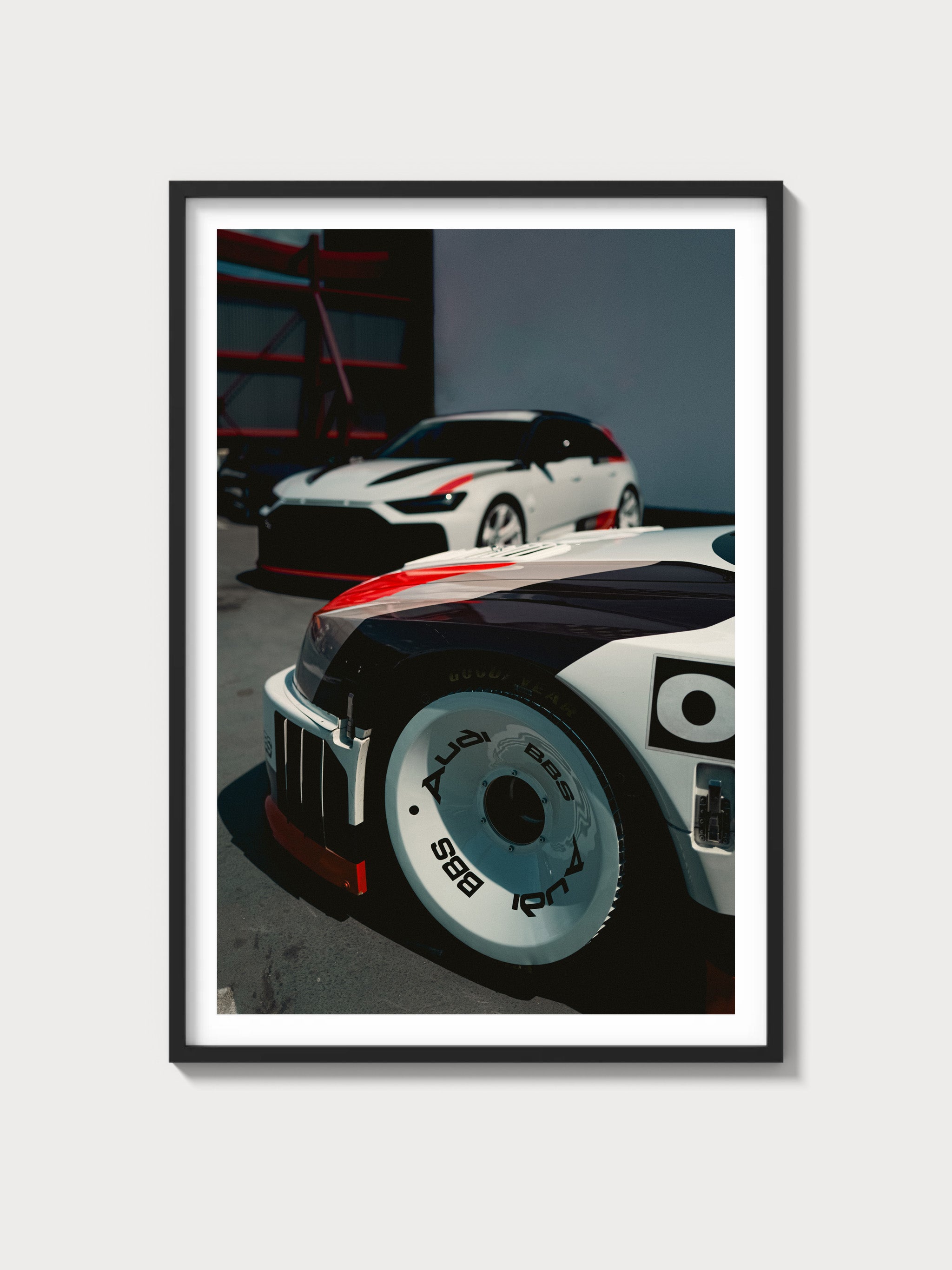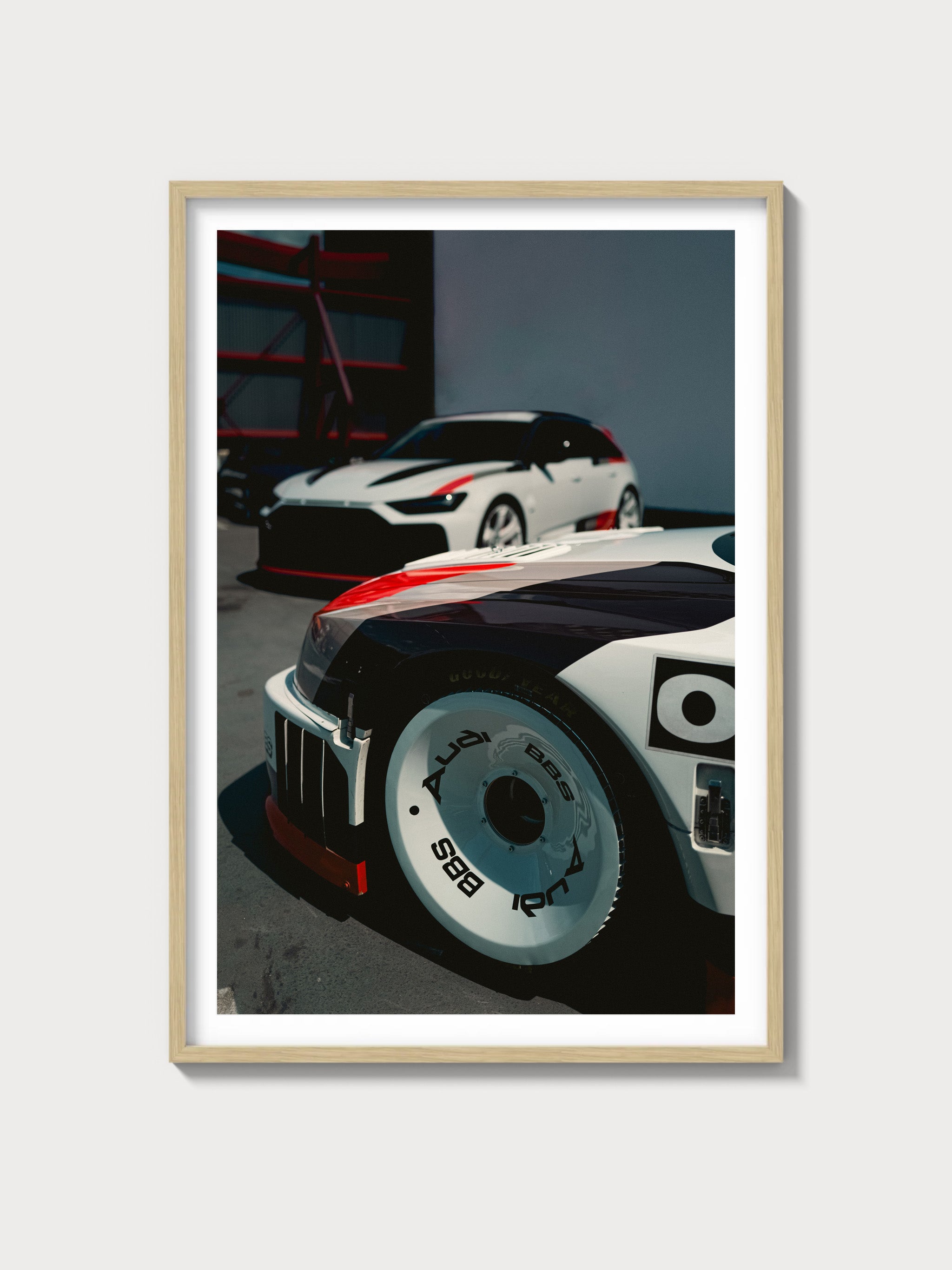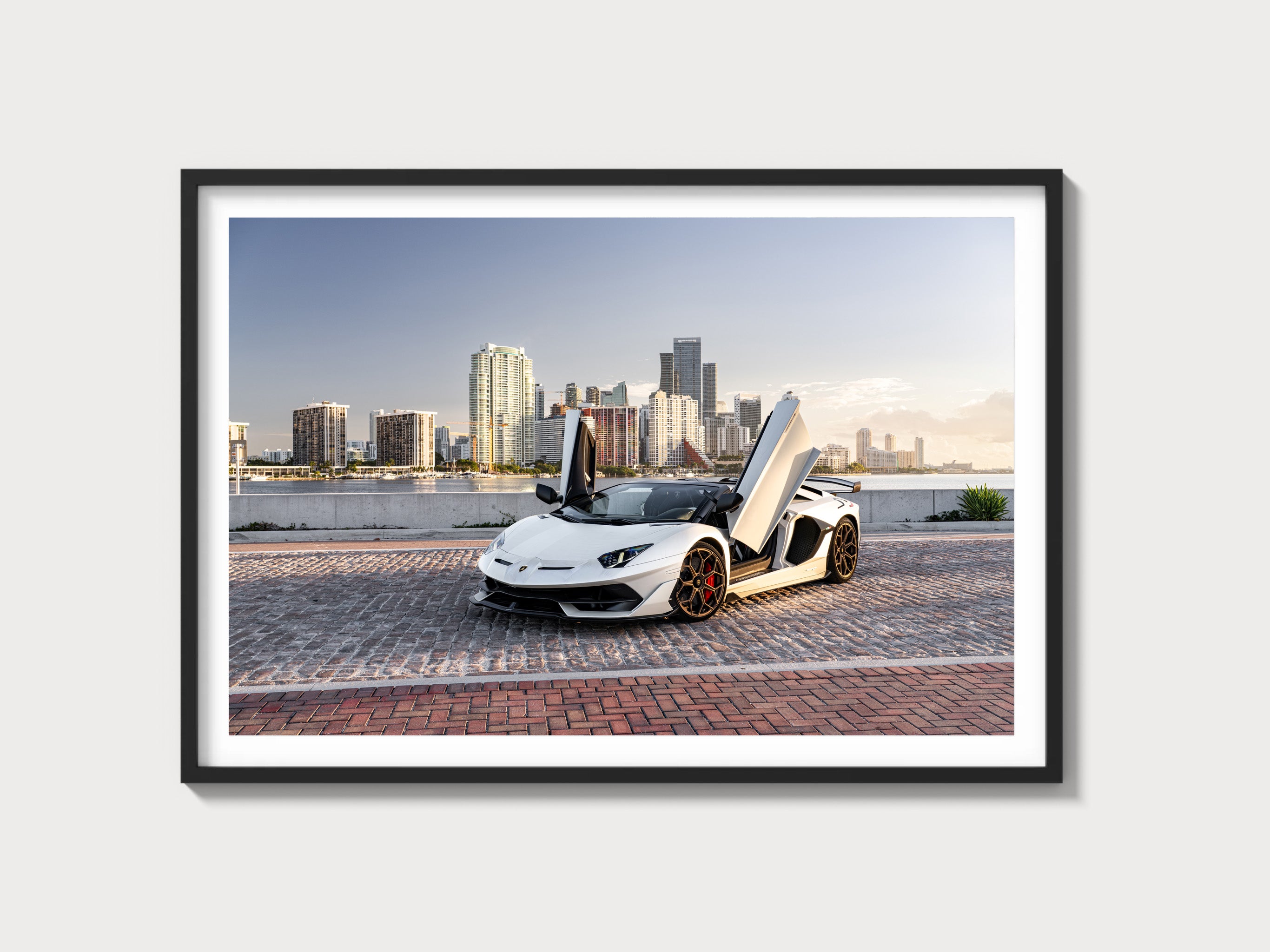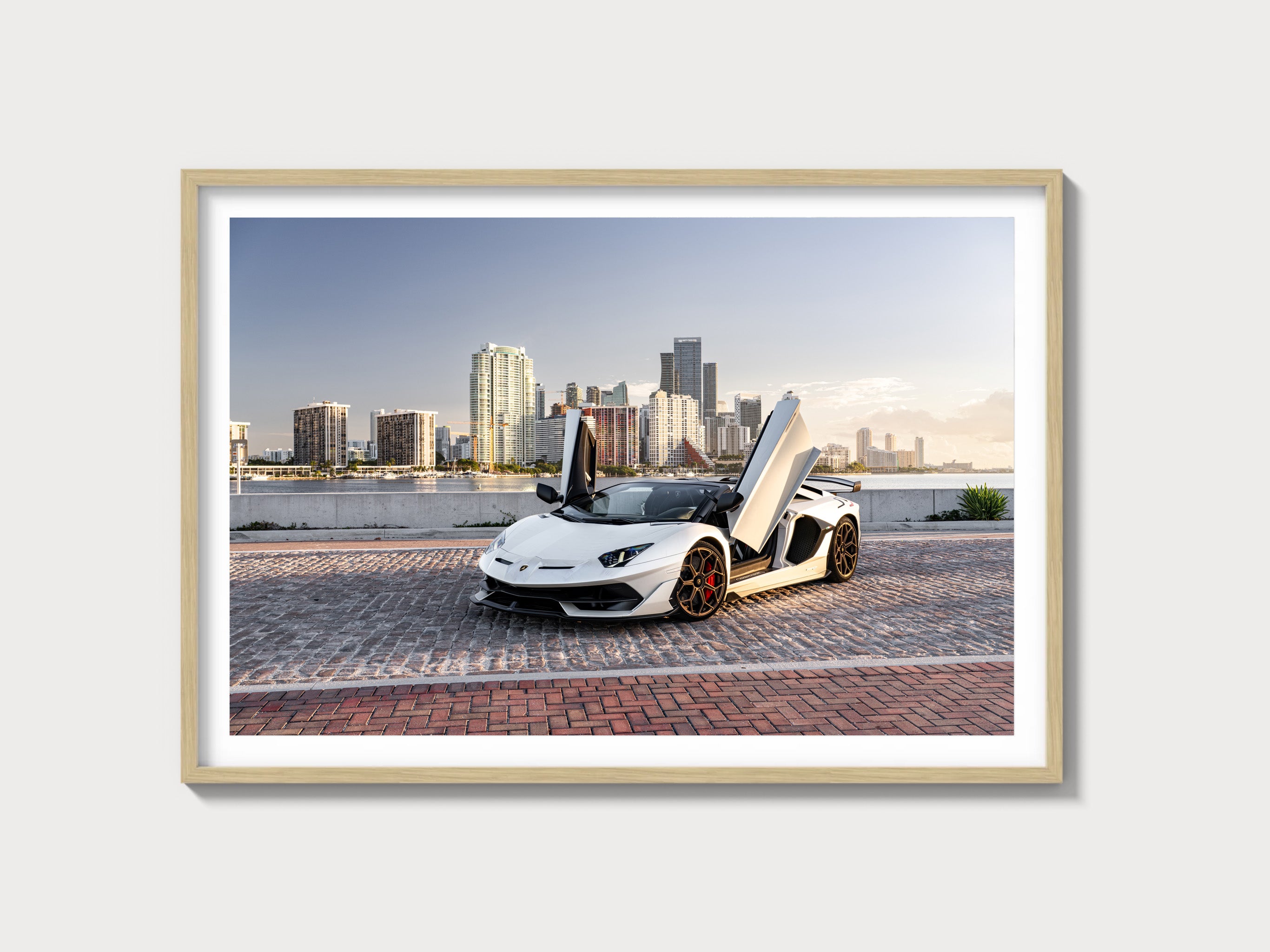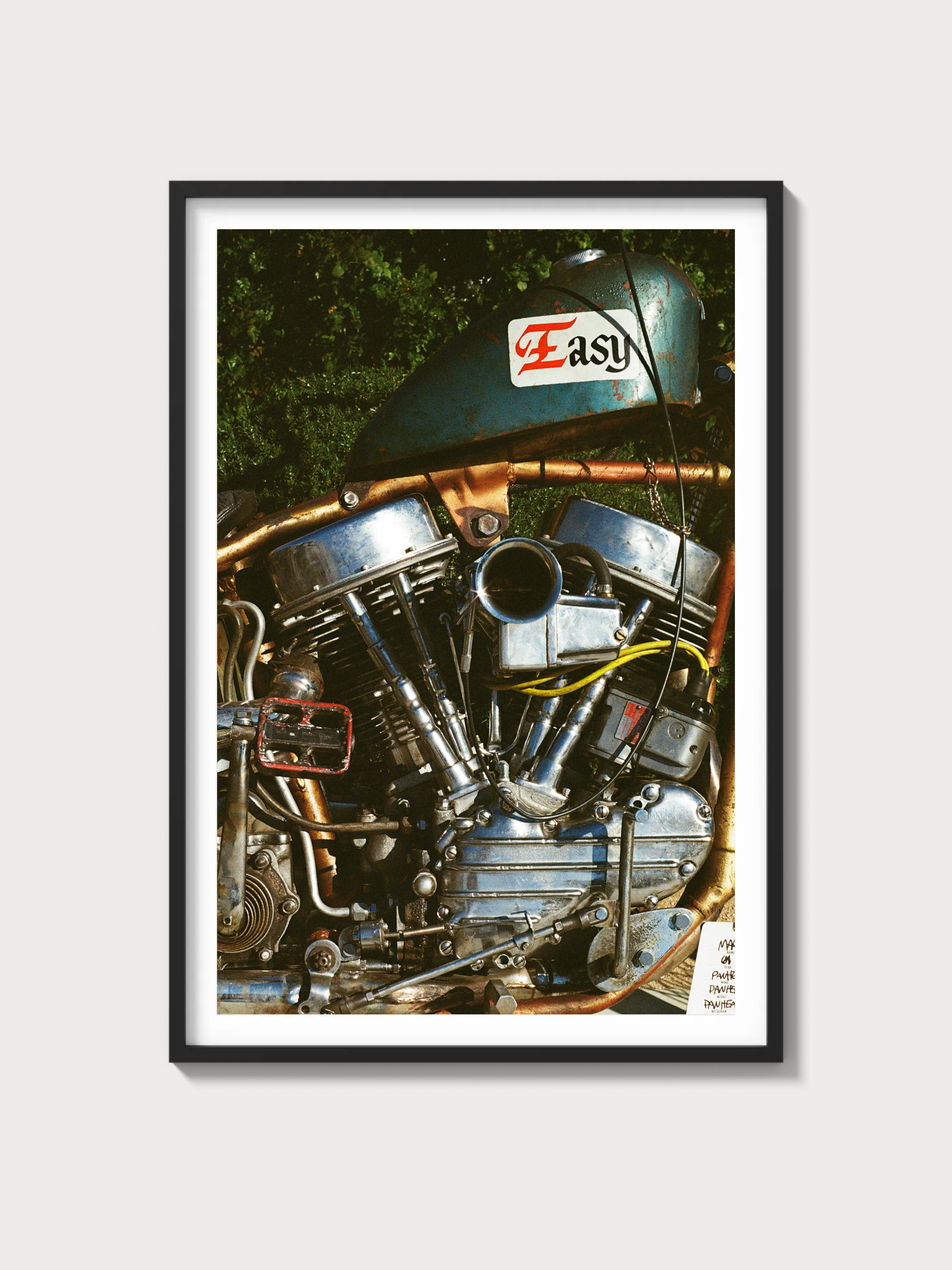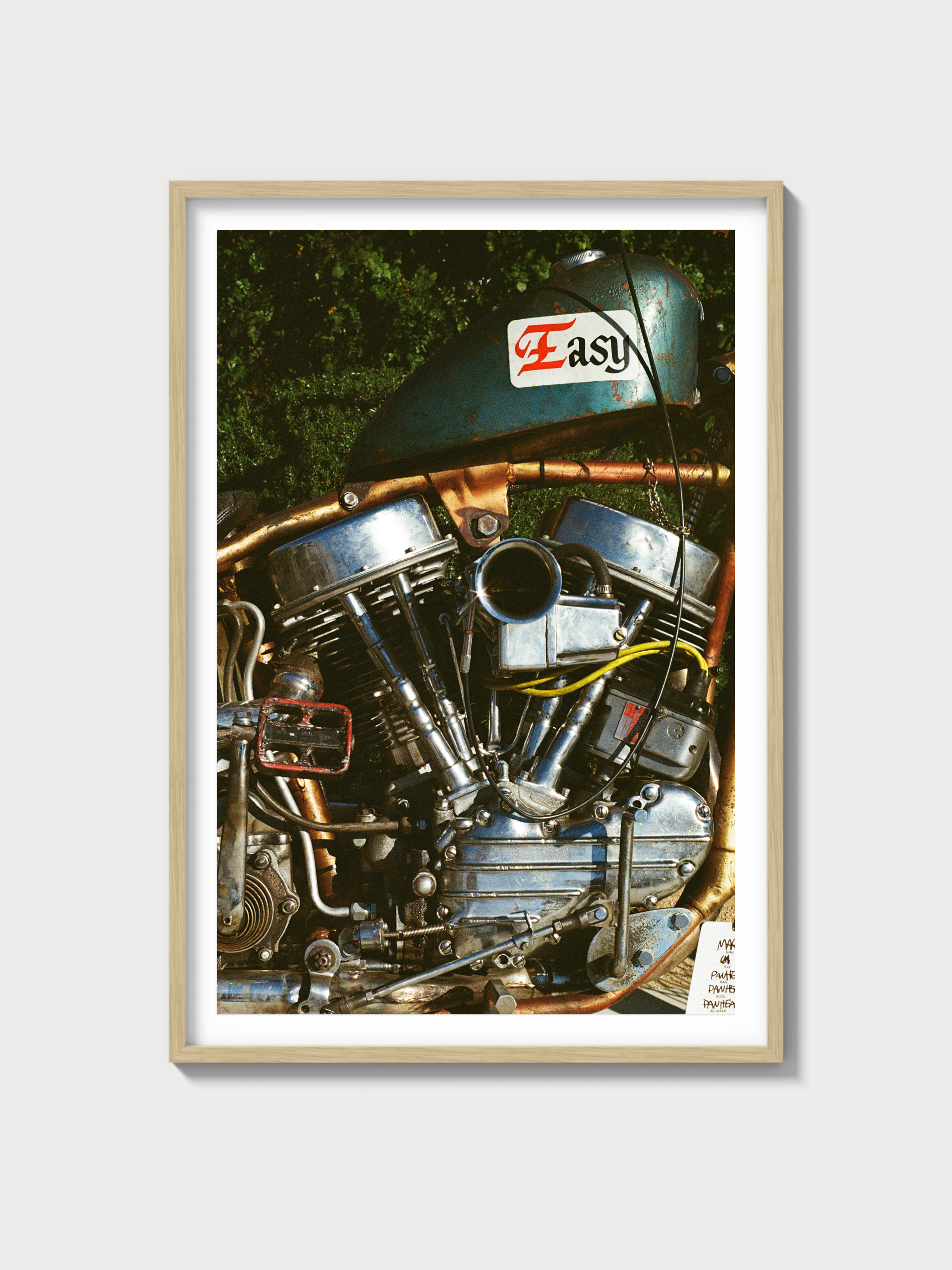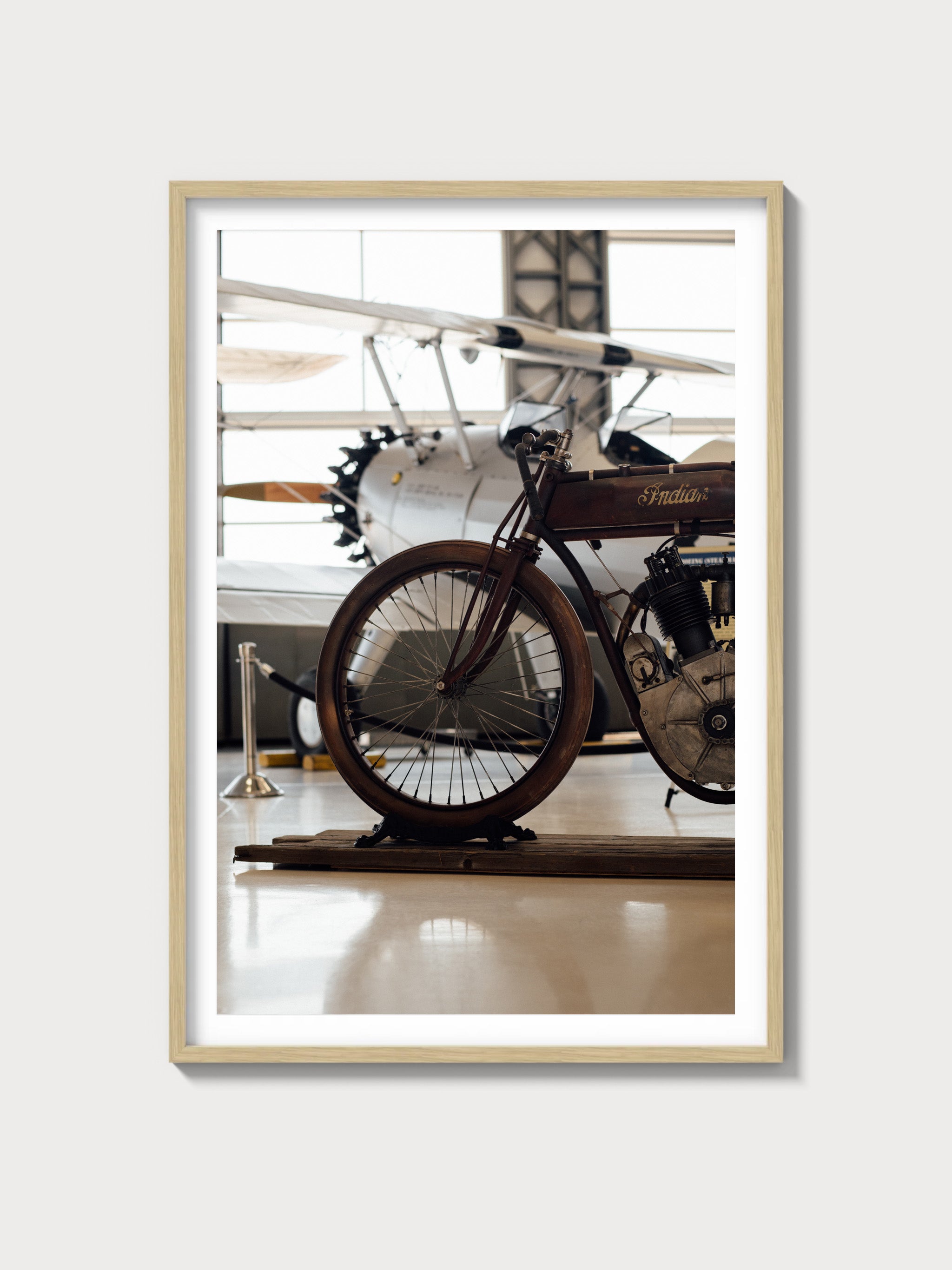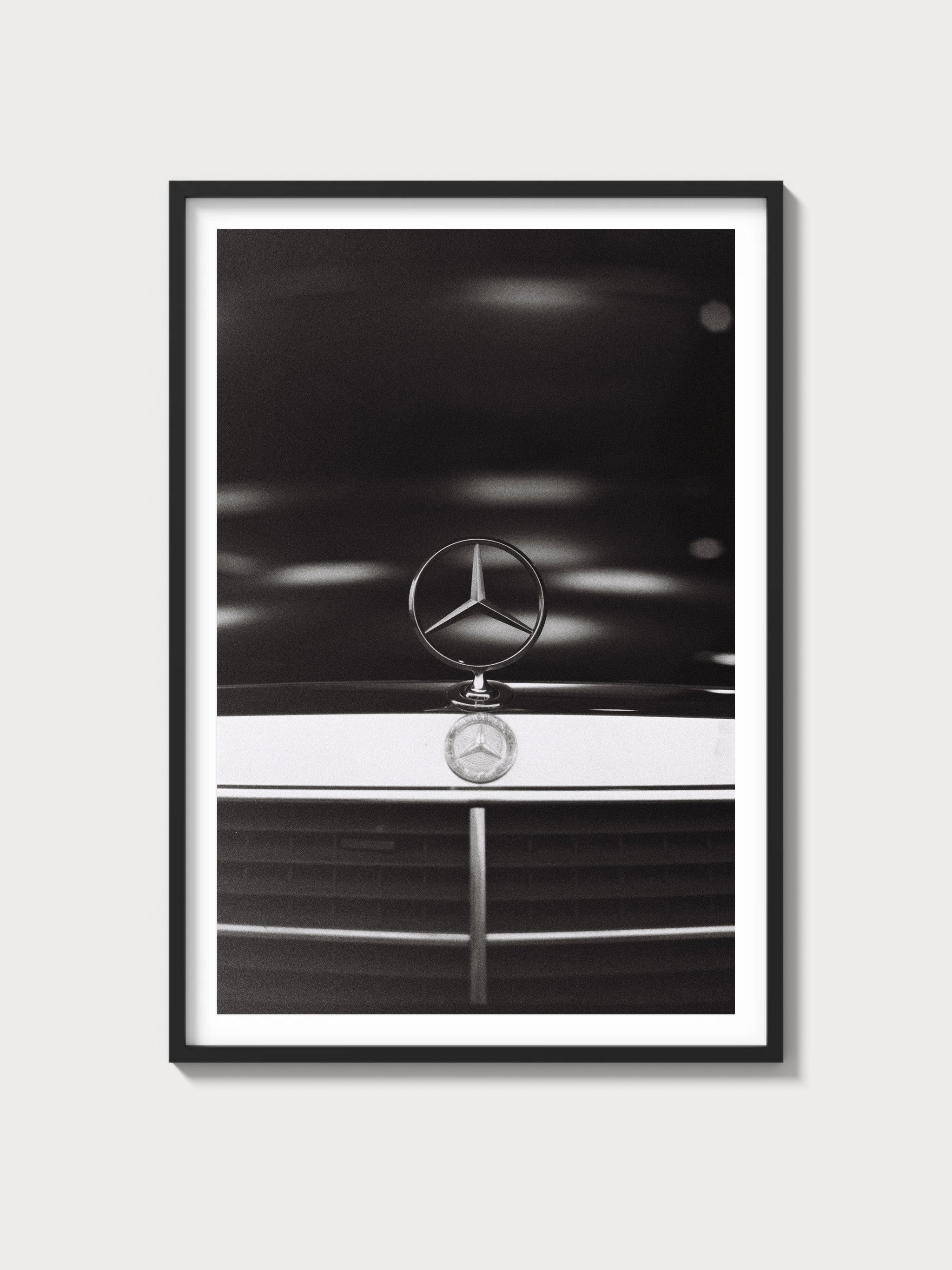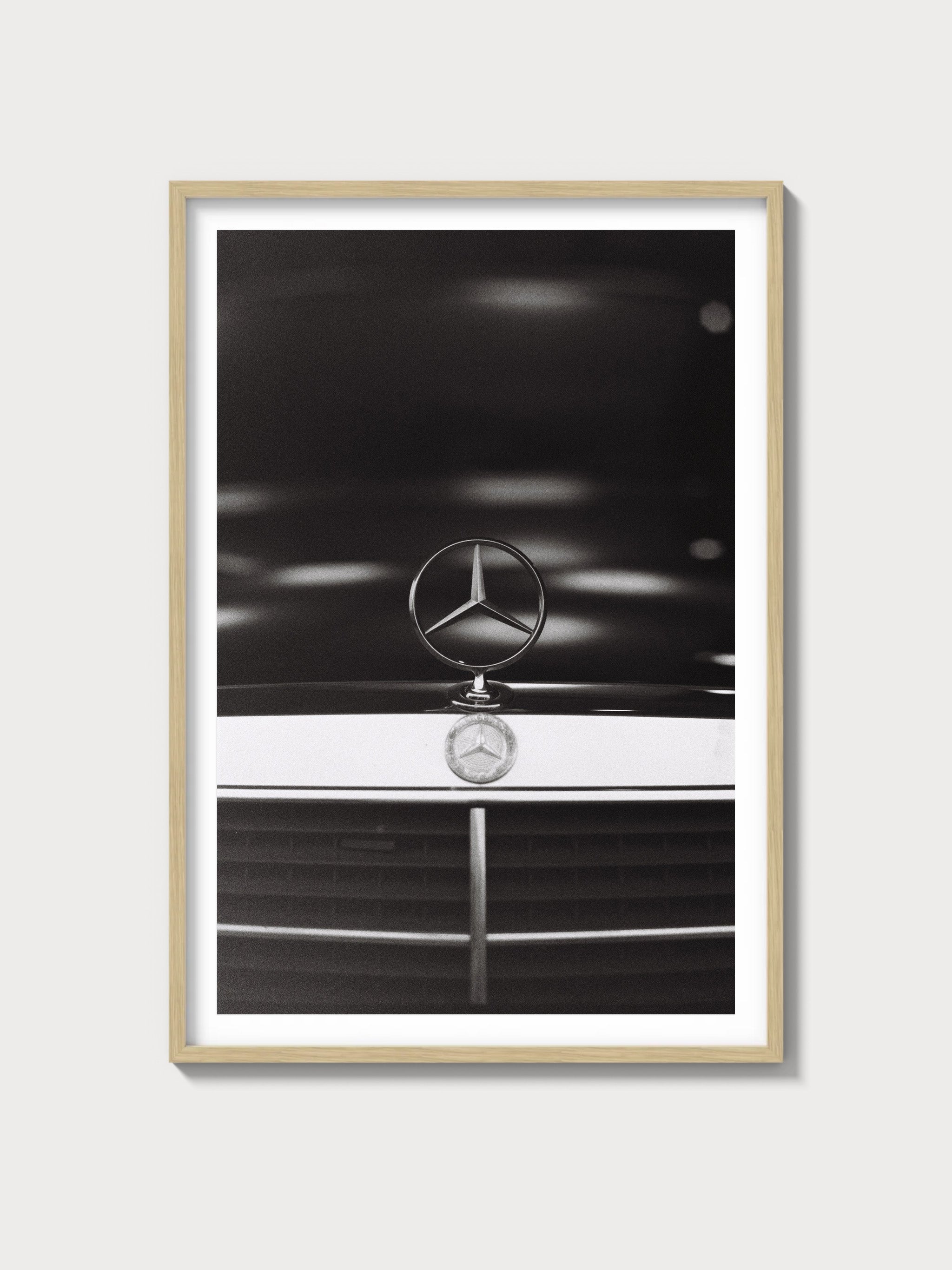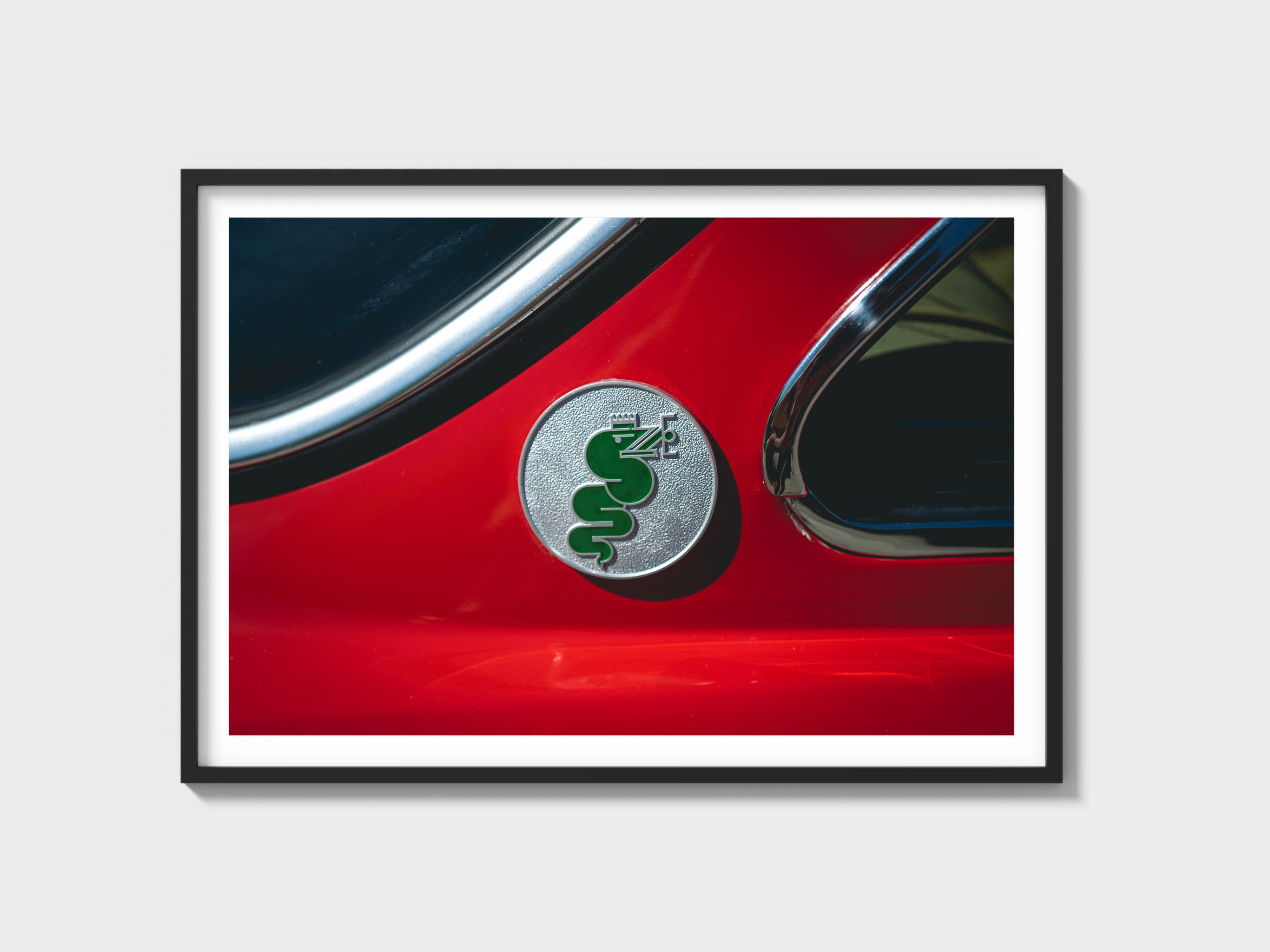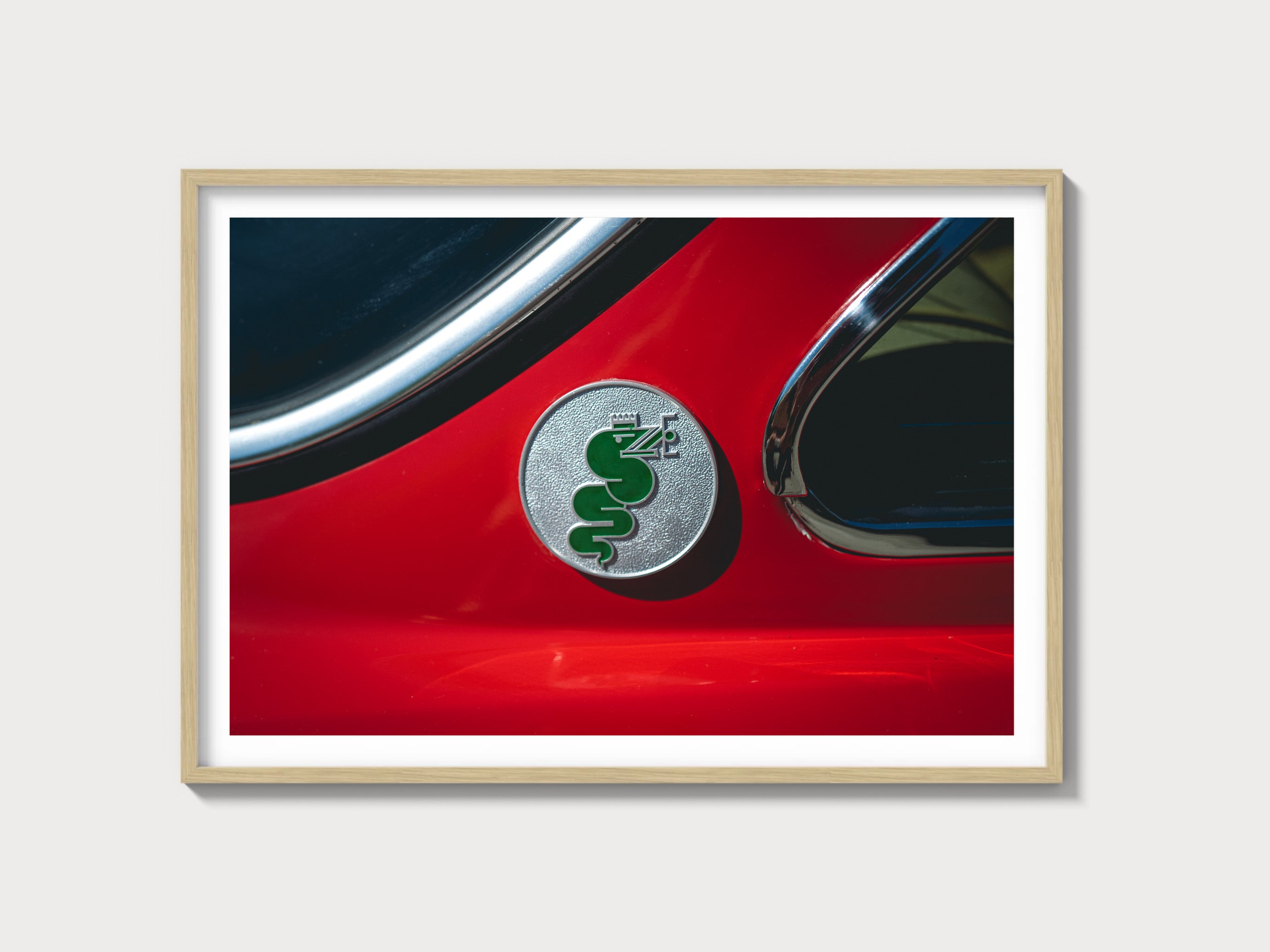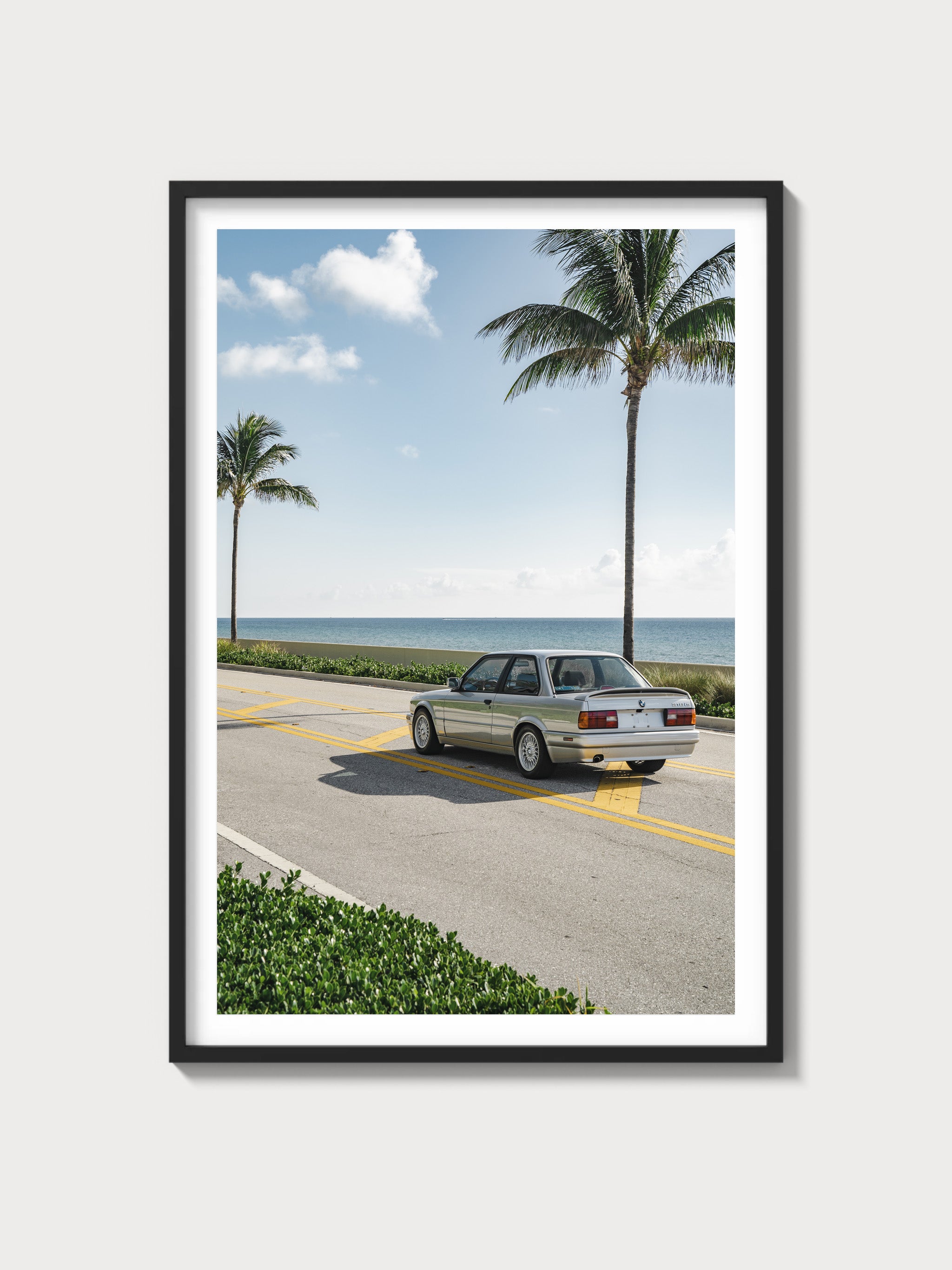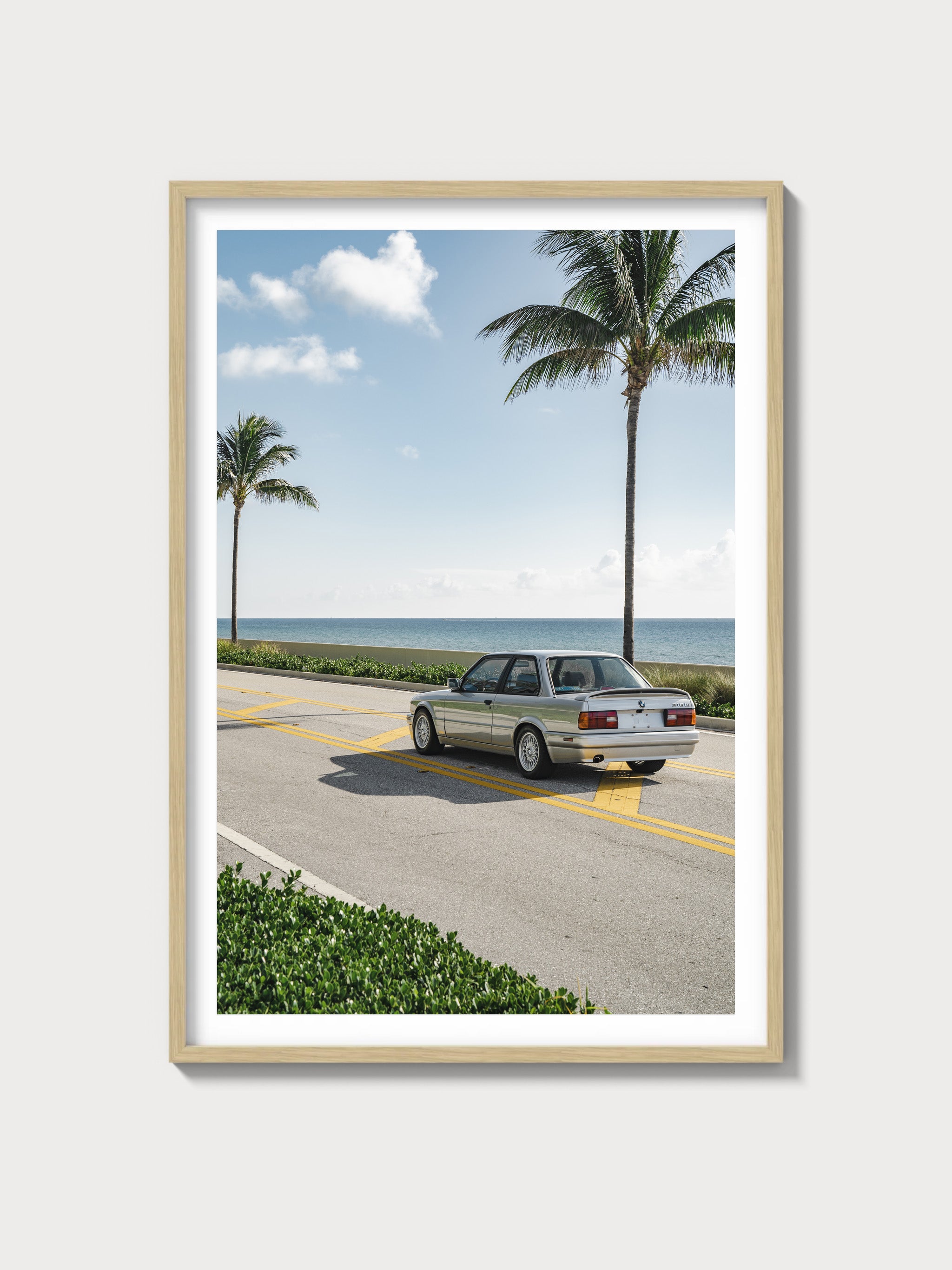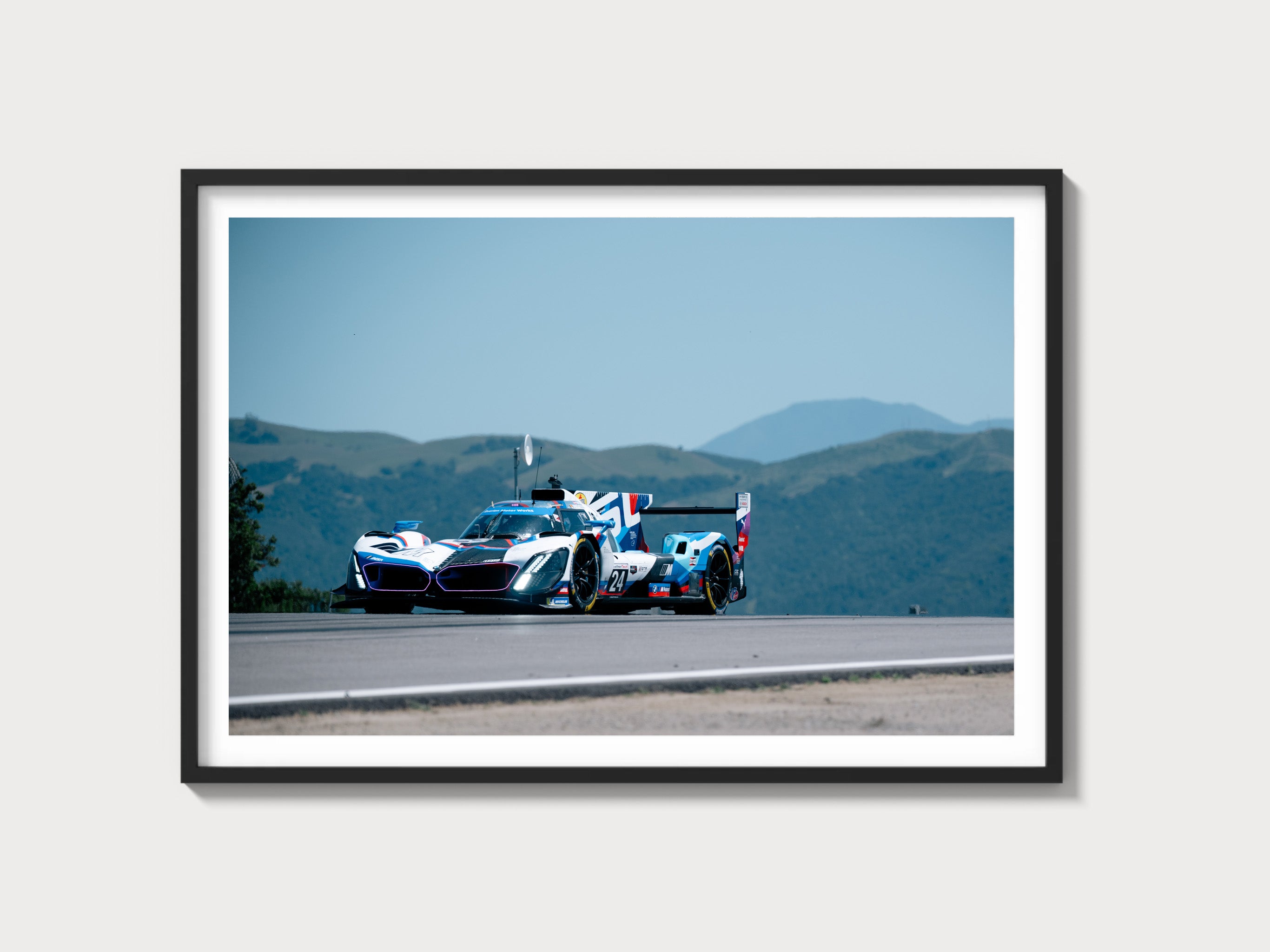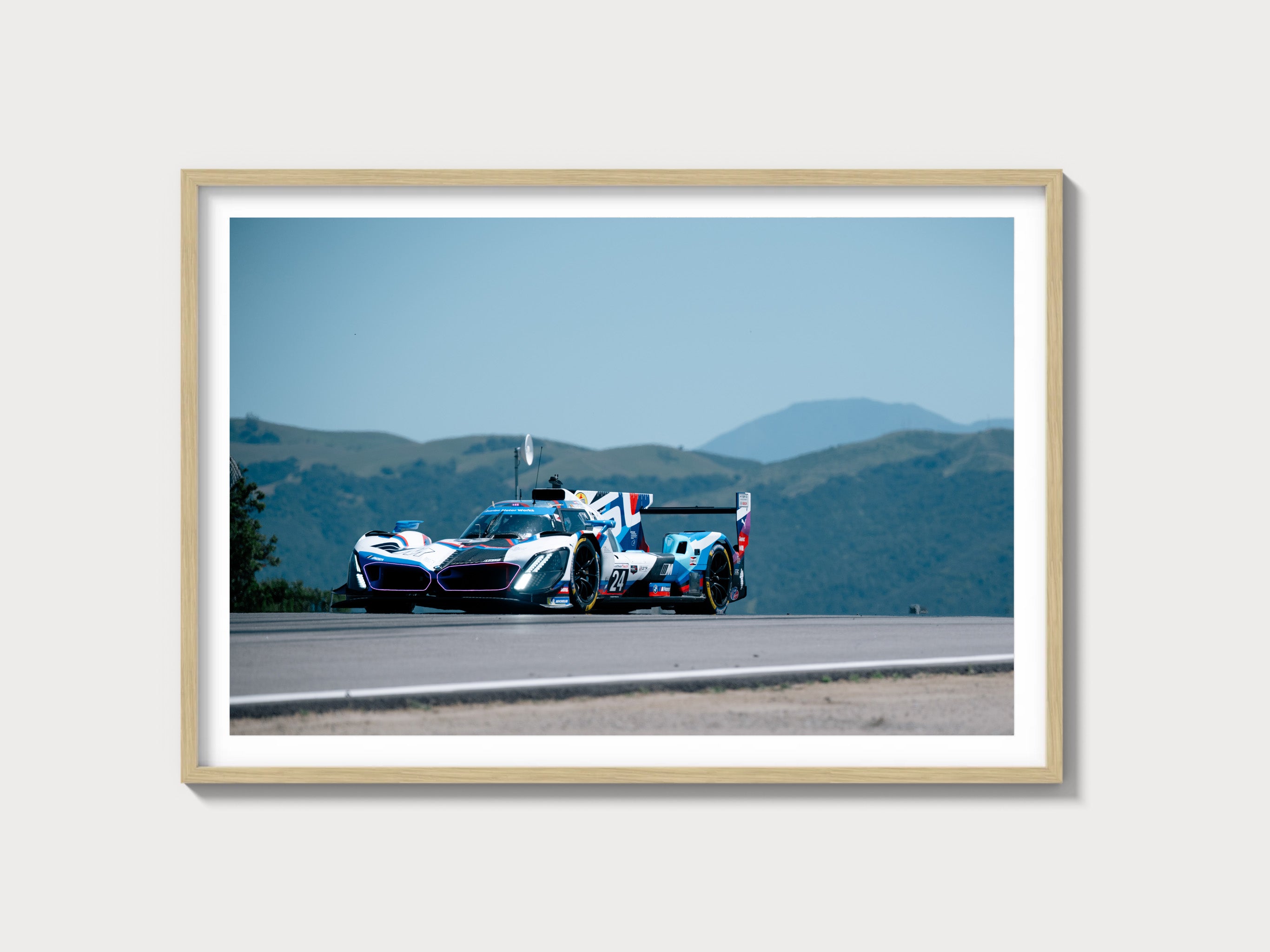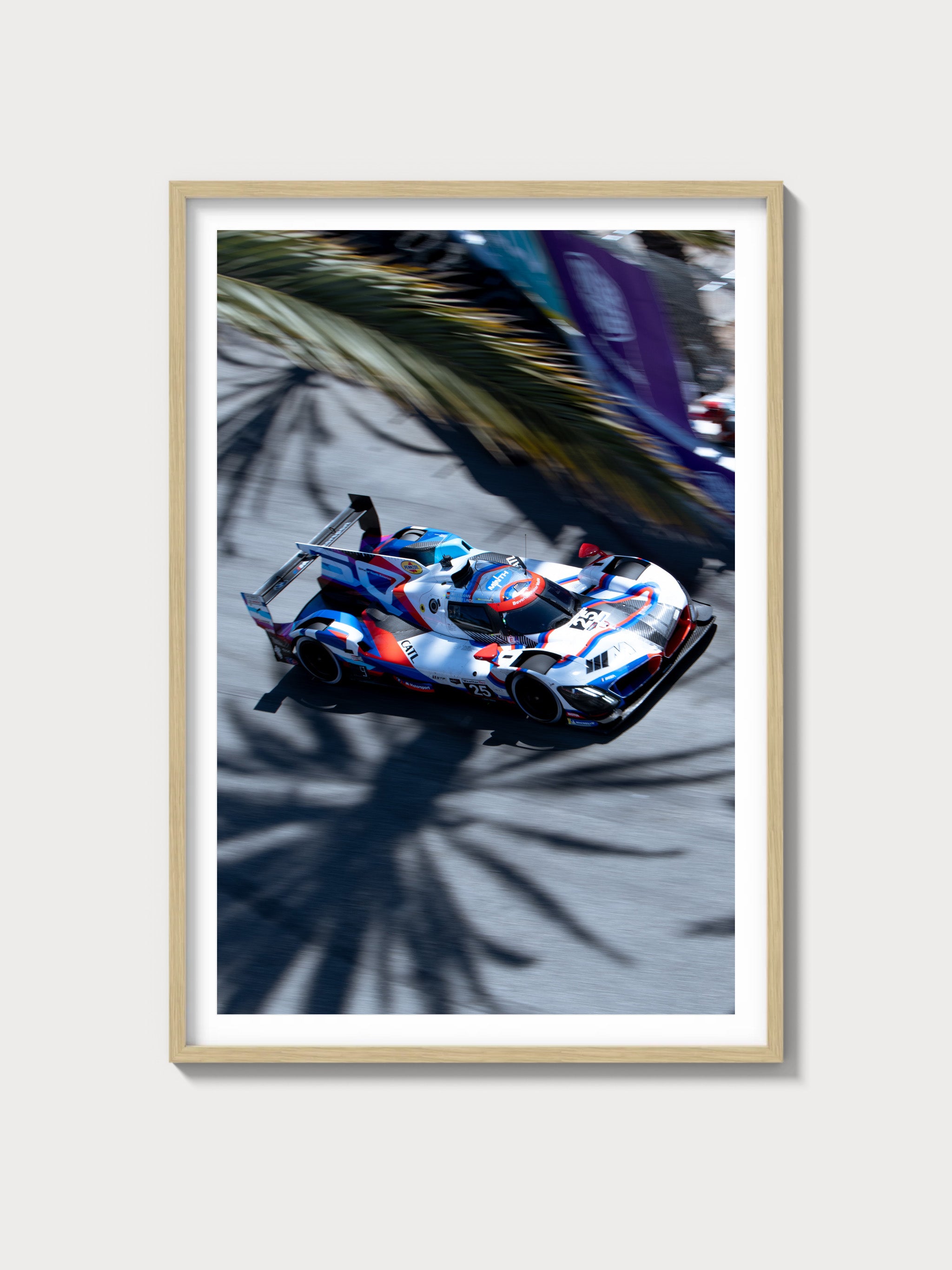Ferrari F50: The Definitive History, Specs, and Legacy
Introduction: Ferrari’s Formula 1-Inspired Supercar
In the illustrious lineage of Ferrari’s road cars, the F50, introduced in 1995, stands as a monumental achievement—a mid-engine supercar that brought Formula 1 technology to the road with a 4.7-liter V12. Crafted by Pininfarina, this model saw just 349 units produced, succeeding the F40 as Ferrari’s flagship. Built to celebrate Ferrari’s 50th anniversary, the F50 blended race-bred performance with a raw, visceral driving experience, redefining the supercar paradigm.
The year 1995 marked a pinnacle for Ferrari, its racing triumphs—F355, 512 TR—complementing road car innovation. Unveiled at the 1995 Geneva Motor Show, the F50 stunned with its radical design and F1-derived V12. This exhaustive history, penned with a Ferrari historian’s precision, explores its technical brilliance, its iconic styling, its racing roots, and its monumental legacy.
Historical Context: Ferrari’s 50th Anniversary Masterpiece
The Ferrari F50 emerged during a golden era for Maranello. By 1995, Ferrari’s racing pedigree—456 GT’s luxury, F355’s refinement—had solidified its stature, yet the company sought a flagship to mark its 50th anniversary under Luca di Montezemolo’s vision. The F40’s 1,315-unit run (1987-1992) had set a high bar with its twin-turbo V8, but Ferrari aimed to outdo it with a naturally aspirated, F1-inspired V12. The F50, with its carbon-fiber chassis and extreme performance, answered, targeting elite collectors while rivaling Porsche’s 959 and Lamborghini’s Diablo VT.
A total of 349 units were built (1995-1997)—all Pininfarina coupes with detachable hardtops, reflecting ultimate exclusivity. Chassis 101706, the prototype, debuted at Geneva in March 1995, its raw, racecar-like form signaling a new era. This was a car for the ultra-elite—European tycoons, American billionaires—its limited production celebrating Ferrari’s milestone amid Italy’s mid-1990s economic surge.
The broader context of 1995 shaped its purpose. The supercar wars intensified—Porsche 959, McLaren F1—while buyers craved unfiltered performance. The F50 bridged Ferrari’s racing heritage, rooted in the 288 GTO, with a road-legal Formula 1 car.
Technical Specifications: The V12’s Race-Bred Power
The Ferrari F50’s soul was its 4.7-liter V12—a Formula 1-derived engine that redefined supercar performance. Below, we dissect its engineering with historian’s detail.
Engine: The 4.7-Liter F130 V12
Displacing 4,698 cc (bore 85 mm, stroke 69 mm), the F50’s V12 was a mid-mounted, all-aluminum unit with a 65-degree V-angle, featuring five valves per cylinder (three intake, two exhaust, double overhead camshafts per bank), an 11.3:1 compression ratio, and Bosch Motronic M2.7 fuel injection. Derived from the 1990 Ferrari 641 F1 car, it produced 520 horsepower at 8,500 rpm—a 142 hp leap over the F355’s 380 hp. Weighing 320 lbs, it delivered 347 lb-ft of torque at 6,500 rpm.
This engine was a supercar marvel. Chassis 103287, a 1996 model, showcased its screaming, race-bred power, blending F1 intensity with road legality.
Performance: Supercar Supremacy
The F50 reached 202 mph (325 km/h)—verified by Car and Driver’s 1997 test—outpacing the F40’s 201 mph, with a 0-60 mph time of ~3.7 seconds. Its power-to-weight ratio (423 hp/ton) far exceeded the F40 (435 hp/ton), leveraging its lightweight carbon-fiber construction.
Chassis and Suspension: Race-Inspired Precision
The chassis was a carbon-fiber monocoque with tubular steel subframes, weighing 1,230 kg (2,712 lbs)—120 kg lighter than the F355 due to extensive composites. Its 2,580 mm wheelbase (130 mm longer than the F355) enhanced stability, with fully independent suspension—double wishbones with coil springs and electronically adjustable dampers—offering razor-sharp handling with minimal comfort concessions.
Transmission and Brakes: Brutal Control
A 6-speed manual gearbox—longitudinal, mid-mounted—drove the rear wheels, its ratios (1st: 2.93, 6th: 0.82) favoring acceleration. Braking relied on 14-inch ventilated disc brakes with no ABS, delivering 1.2g deceleration—exceptional for its raw setup.
| Specification | Details |
|---|---|
| Engine | 4.7L V12, 520 hp @ 8,500 rpm |
| Displacement | 4,698 cc (85 mm x 69 mm) |
| Top Speed | ~202 mph (325 km/h) |
| 0-60 mph | ~3.7 seconds |
| Weight | 1,230 kg (2,712 lbs) |
| Transmission | 6-speed manual, mid-engine |
| Suspension (Front) | Double wishbone, coil springs, adjustable dampers |
| Suspension (Rear) | Double wishbone, coil springs, adjustable dampers |
| Brakes | Ventilated discs, 14-inch |
Design and Styling: Pininfarina’s Radical Artistry
The Ferrari F50’s aesthetic was a Pininfarina triumph, blending racecar functionality with road-car allure.
Exterior: Raw Supercar Form
Pininfarina built all 349 units—chassis 101706 featured a low nose, aggressive vents, and a detachable hardtop, finished in Rosso Corsa. Its 2,580 mm wheelbase and carbon-fiber body offered a raw, aerodynamic profile, with a prominent rear wing and F1-style air intakes enhancing its race-bred look.
Interior: Spartan Supercar Cockpit
The cabin was a race-inspired lair: cloth bucket seats, a gated shifter, and Veglia gauges—tachometer (10,000 rpm redline), speedometer, oil pressure. Chassis 103287’s interior, with exposed carbon fiber and minimal padding, prioritized performance over luxury, echoing the F40 and contrasting the F355.
Production and Variants: An Exclusive Legacy
The Ferrari F50’s 349-unit run (1995-1997) was deliberately limited—all Pininfarina coupes with detachable hardtops, with no major variants beyond custom colors (e.g., Nero Daytona). Chassis 101706 launched the series, while 105768 closed it, transitioning to the Enzo Ferrari. Its focus was pure road performance—no racing versions were officially produced.
Performance and Racing Legacy: A Road-Legal F1 Car
The Ferrari F50 racing history was limited, its road focus paramount. Chassis 103943, modified by private owners, ran exhibition laps, but no official racing program emerged. Its true realm was the road—Autostrada, canyon runs—where its 202 mph top speed and F1-derived agility reigned supreme.
Ownership and Market Value: A Supercar Legend
The Ferrari F50 value reflects its legendary status. Early owners included Sultan Hassanal Bolkiah (103287) and U.S. collectors. Today, prices range $3-$5 million—chassis 101706 sold for $4.2 million at RM Sotheby’s 2023. Restoration costs—V12 rebuilds at $200,000—underscore its elite allure.
Cultural Impact: Ferrari’s F1-Inspired Legacy
The F50 redefined Ferrari’s supercar lineage, its F1-derived V12 and raw design influencing the Enzo Ferrari. In 1990s lore, it’s the car of unfiltered performance and 50th-anniversary glory, a testament to Ferrari’s engineering pinnacle.
Comparisons: Ferrari F50 vs Rivals
The Ferrari F50 vs McLaren F1 pits 520 hp V12 against 627 hp V12—F50 led in rawness, F1 in speed. The Lamborghini Diablo VT (492 hp) trailed in agility but matched in drama.
| Model | Engine | Power | Weight | Top Speed |
|---|---|---|---|---|
| Ferrari F50 | 4.7L V12 | 520 hp | 1,230 kg | ~202 mph |
| McLaren F1 | 6.1L V12 | 627 hp | 1,138 kg | ~240 mph |
| Lamborghini Diablo VT | 5.7L V12 | 492 hp | 1,625 kg | ~202 mph |
Frequently Asked Questions
What was the Ferrari F50?
A 1995 4.7L V12 mid-engine supercar.
How many were made?
349 units.
What engine powered it?
4,698 cc V12, 520 hp.
Did it race?
Rarely—built for road use.
What’s its value?
$3-$5 million.

